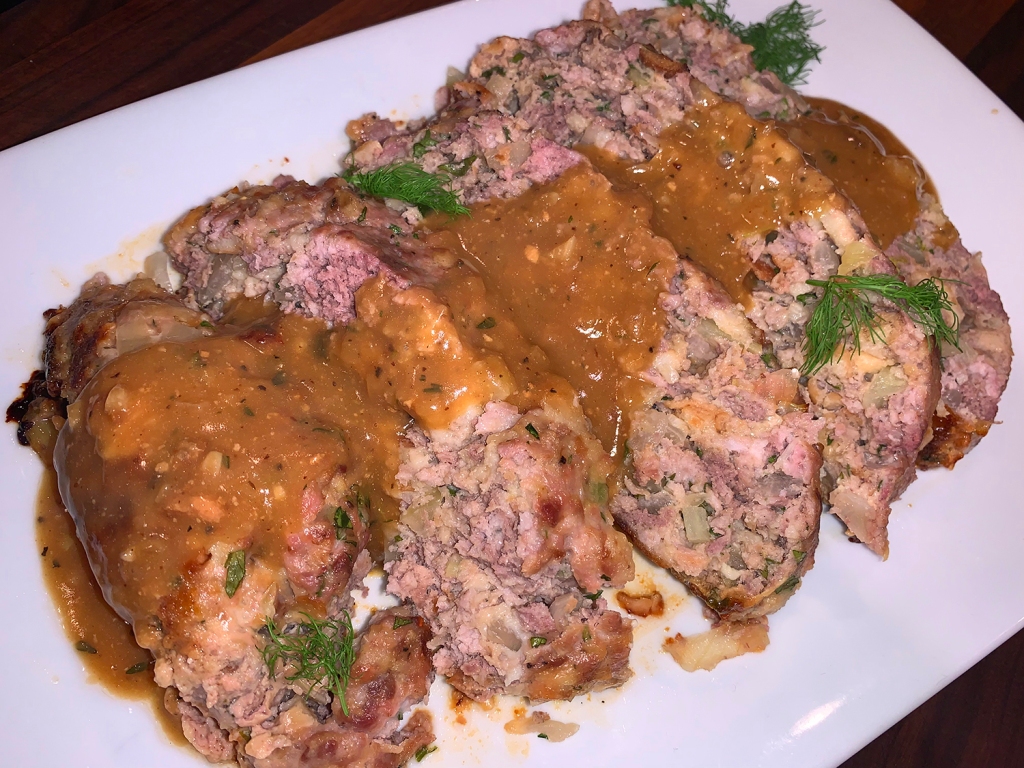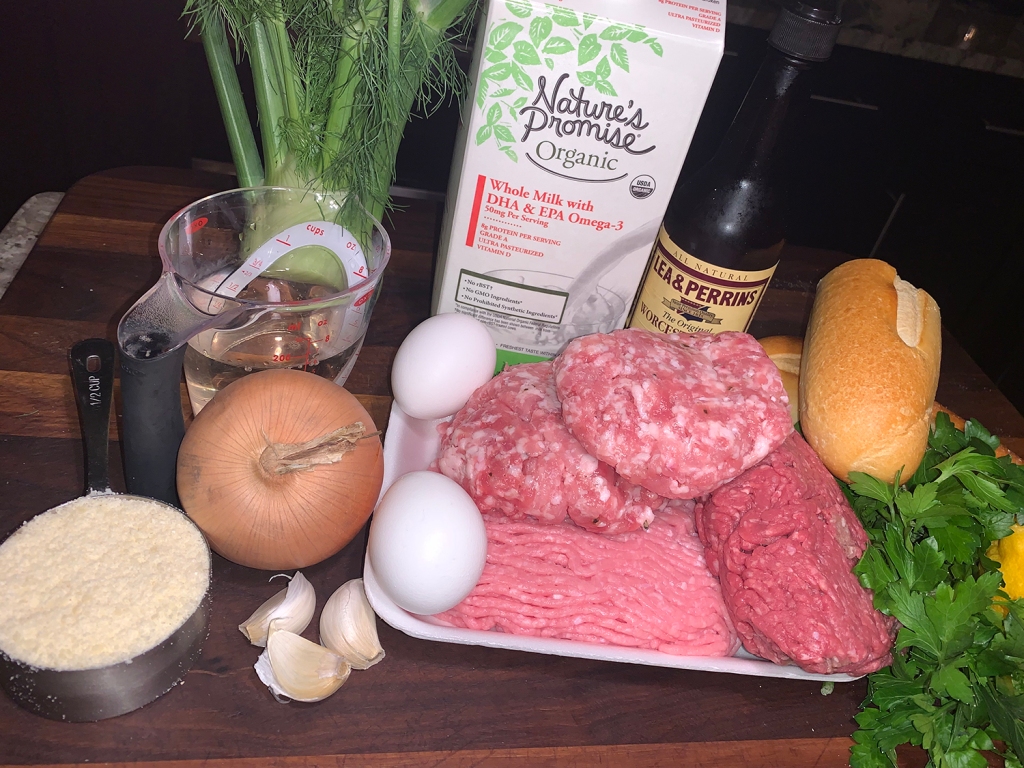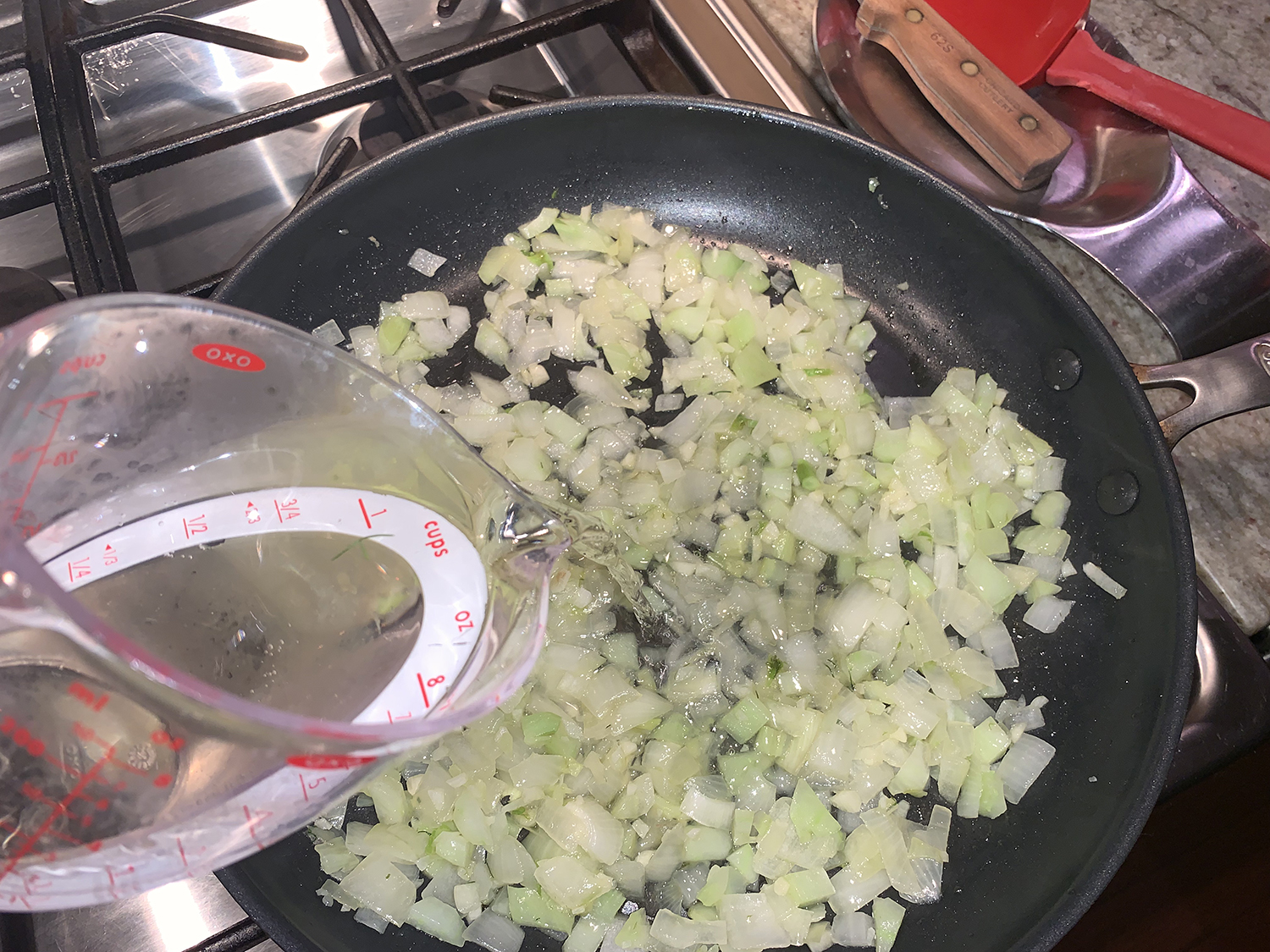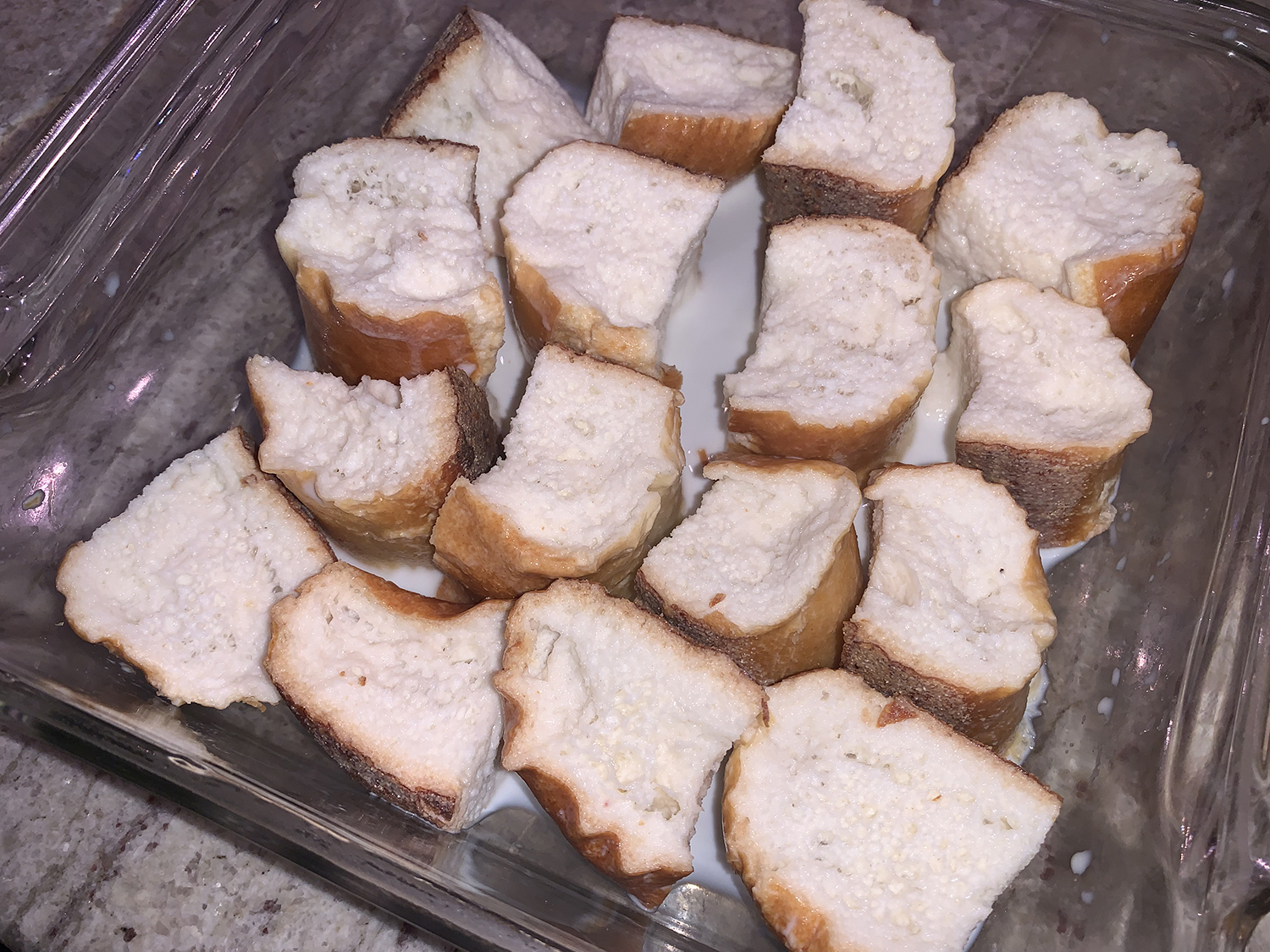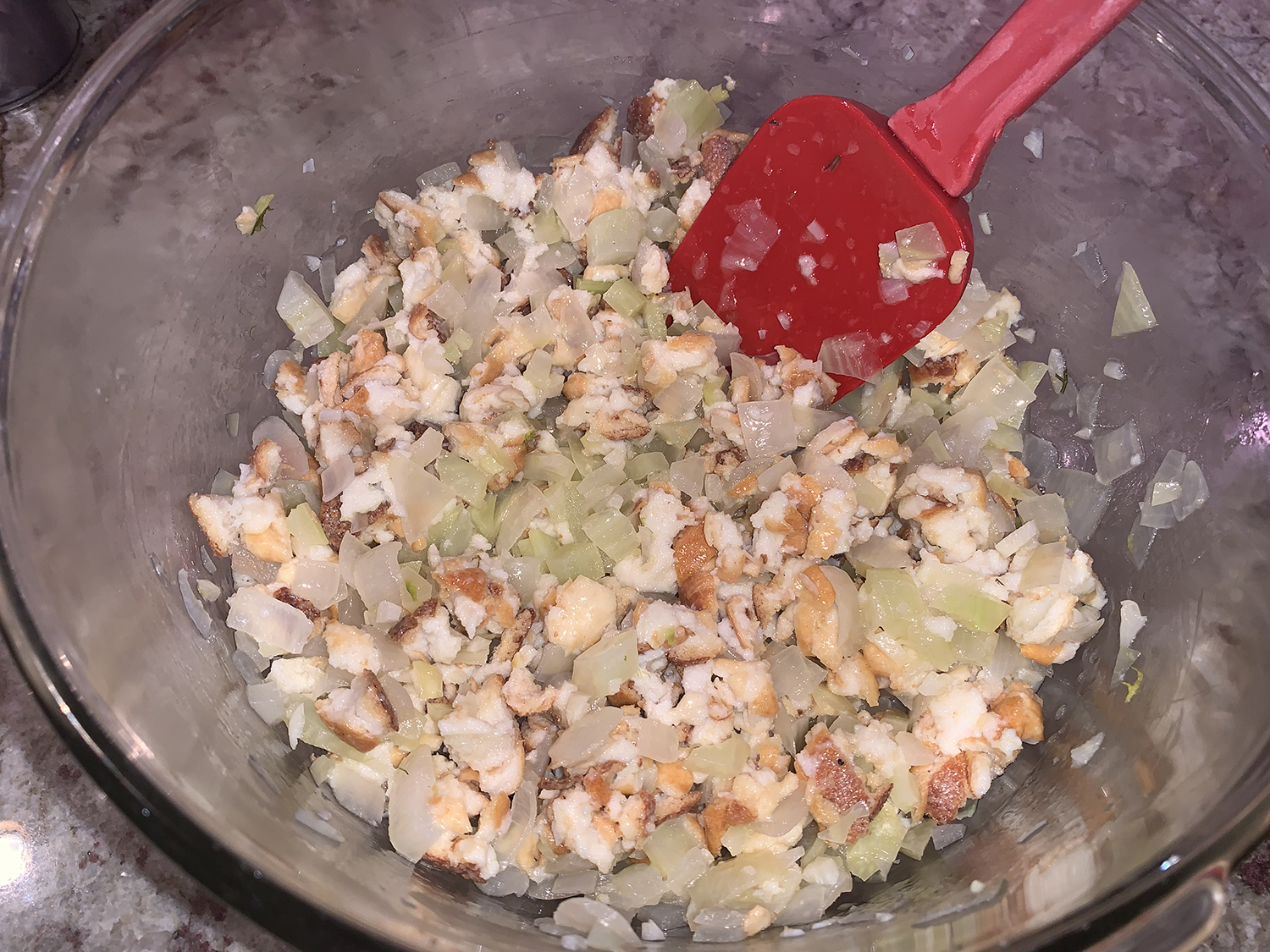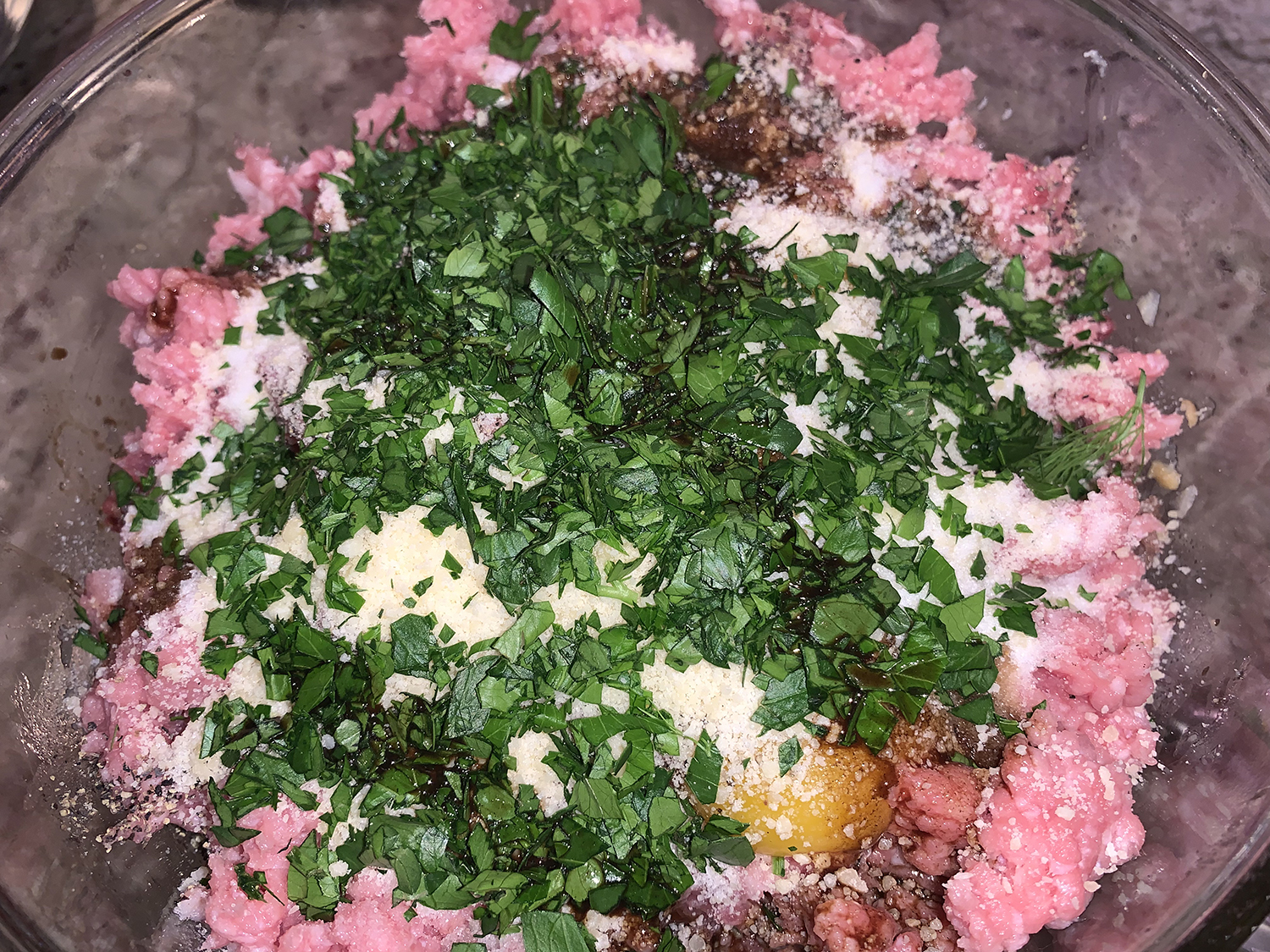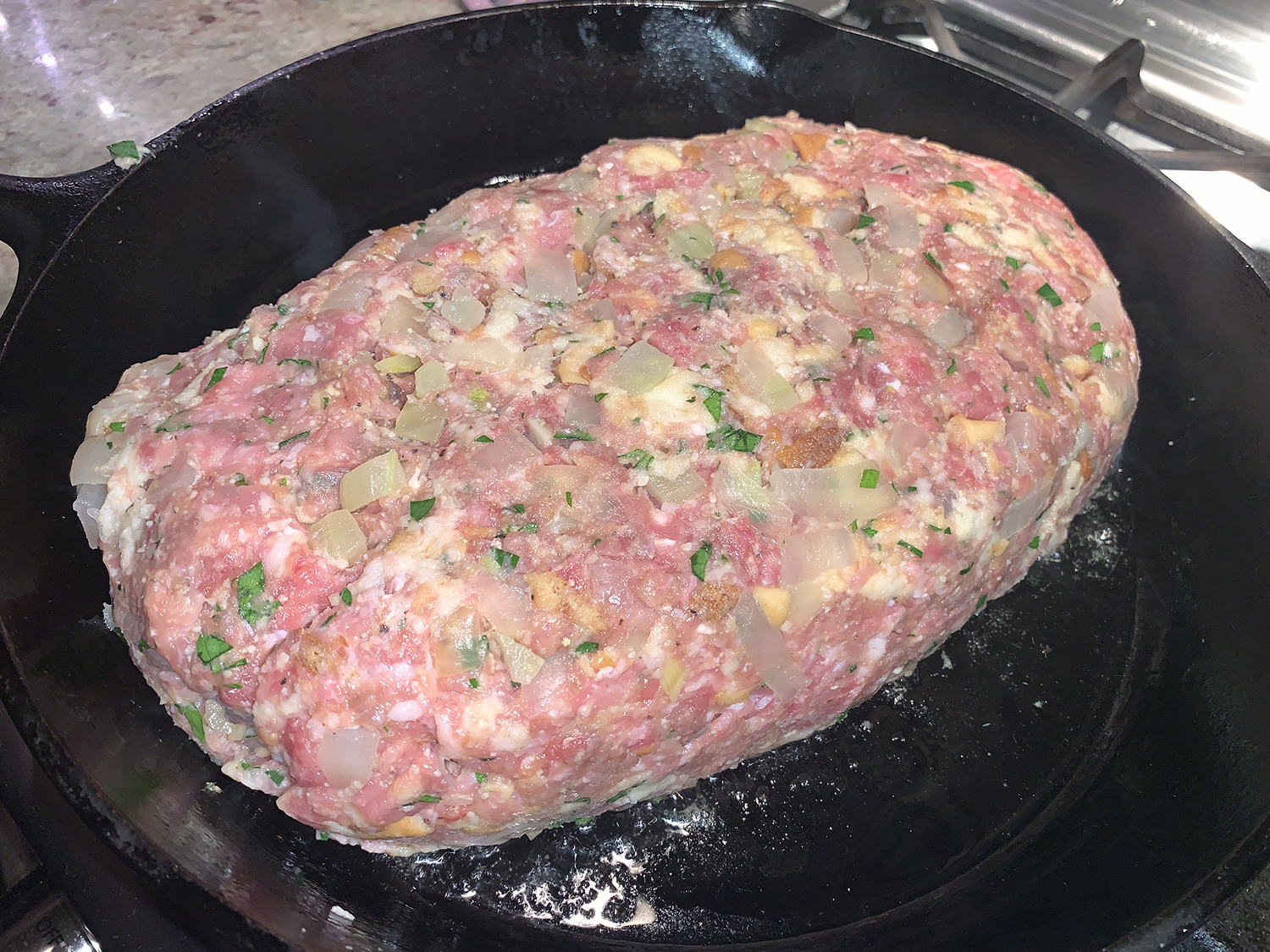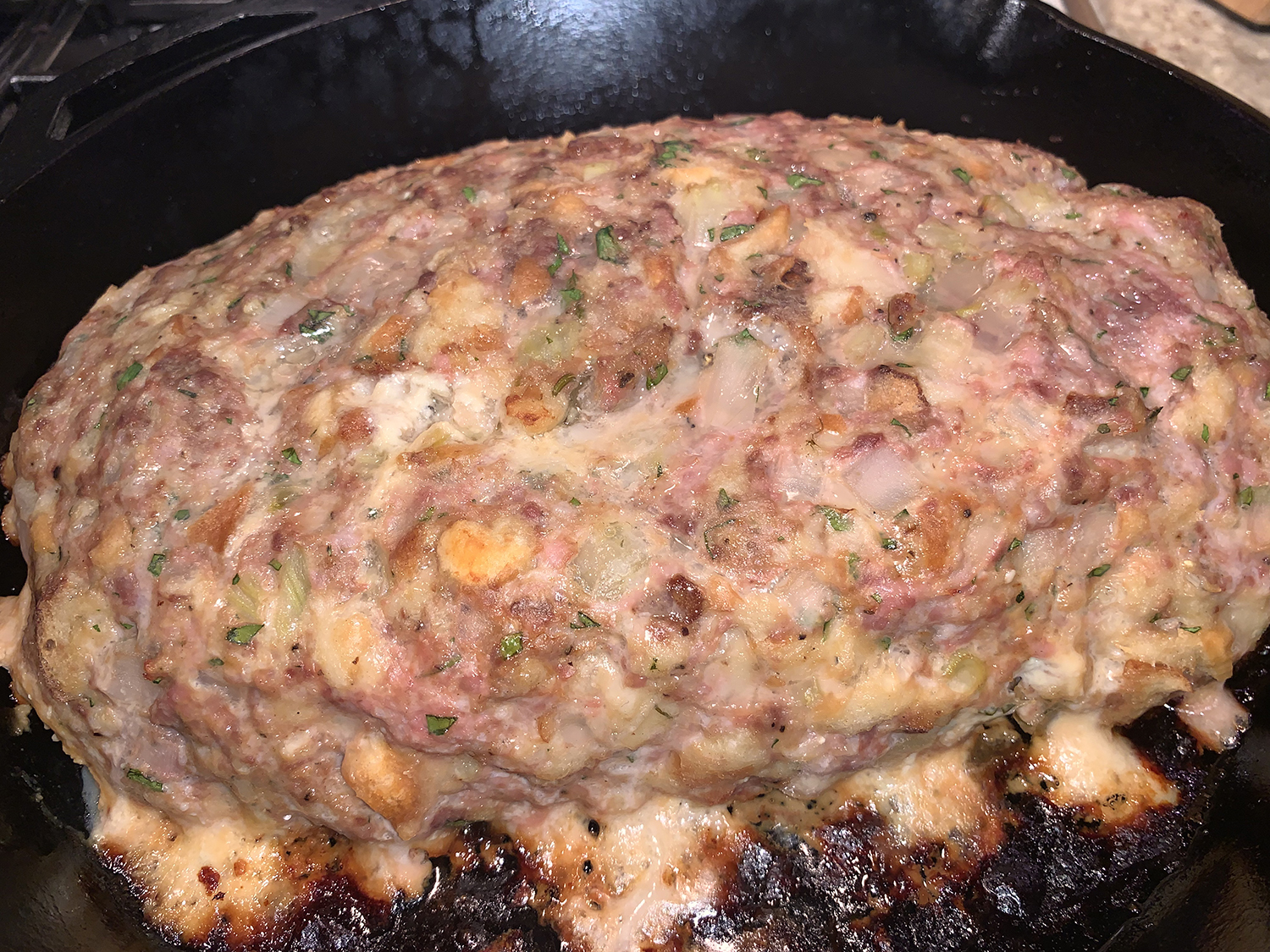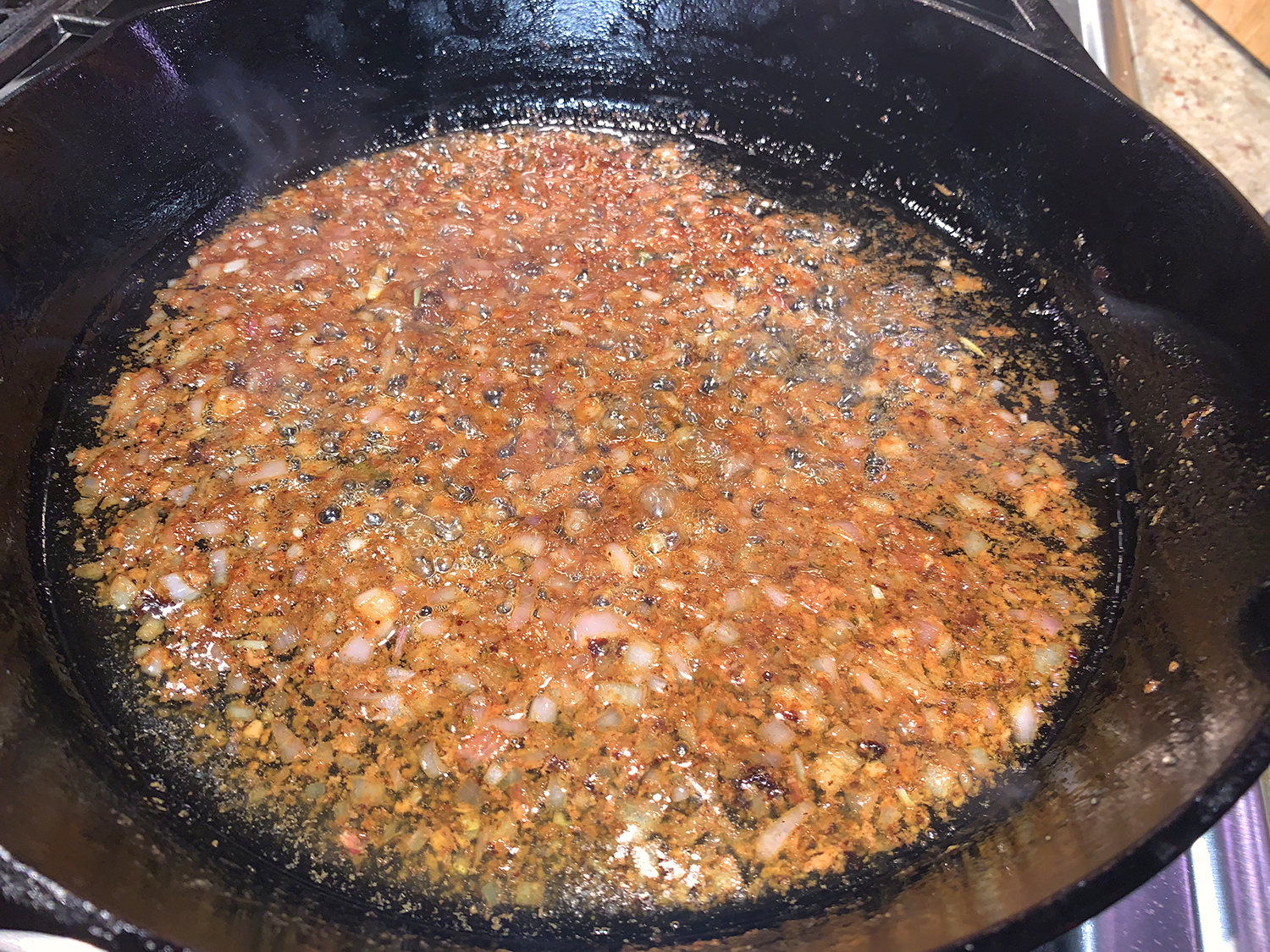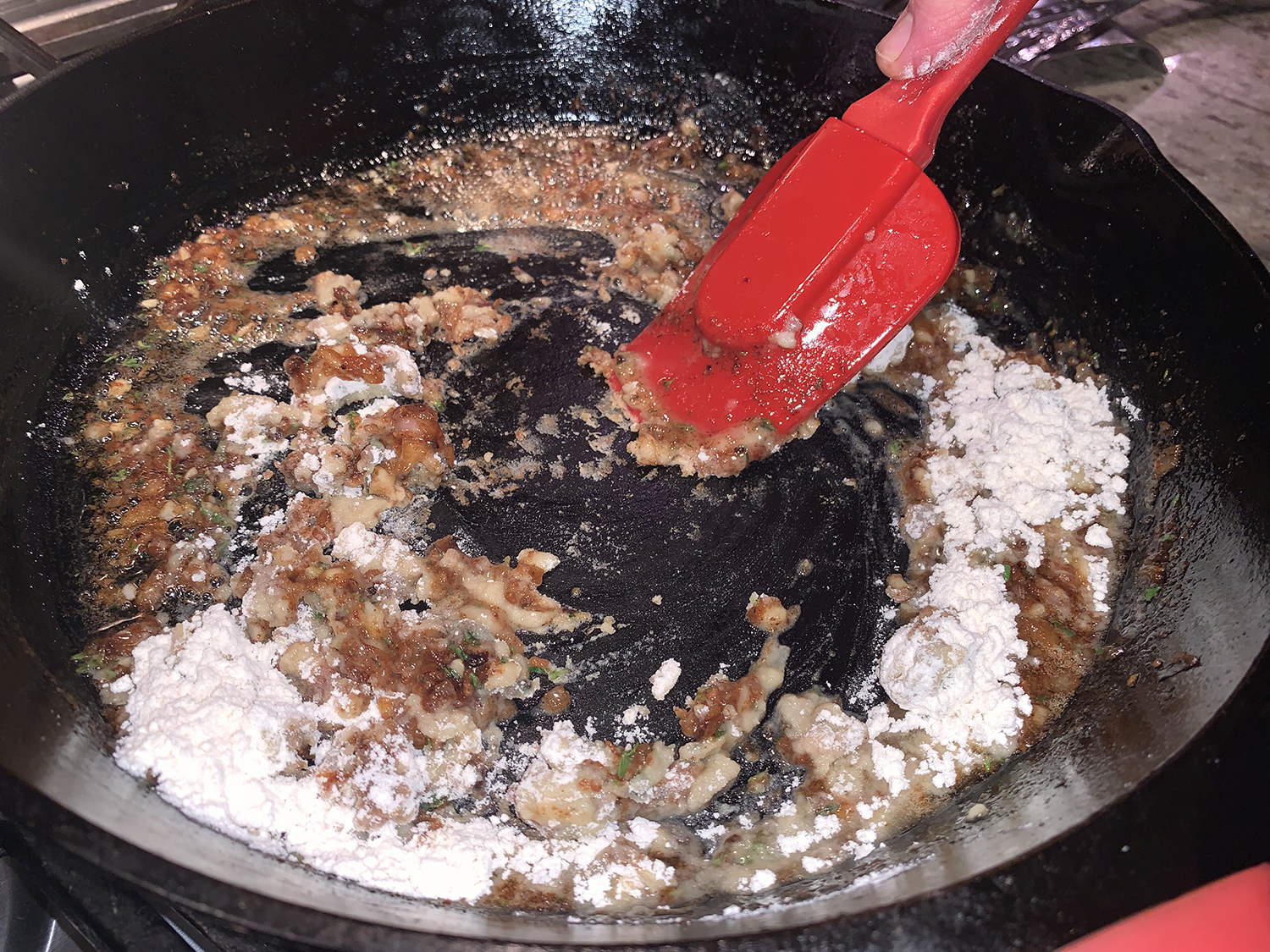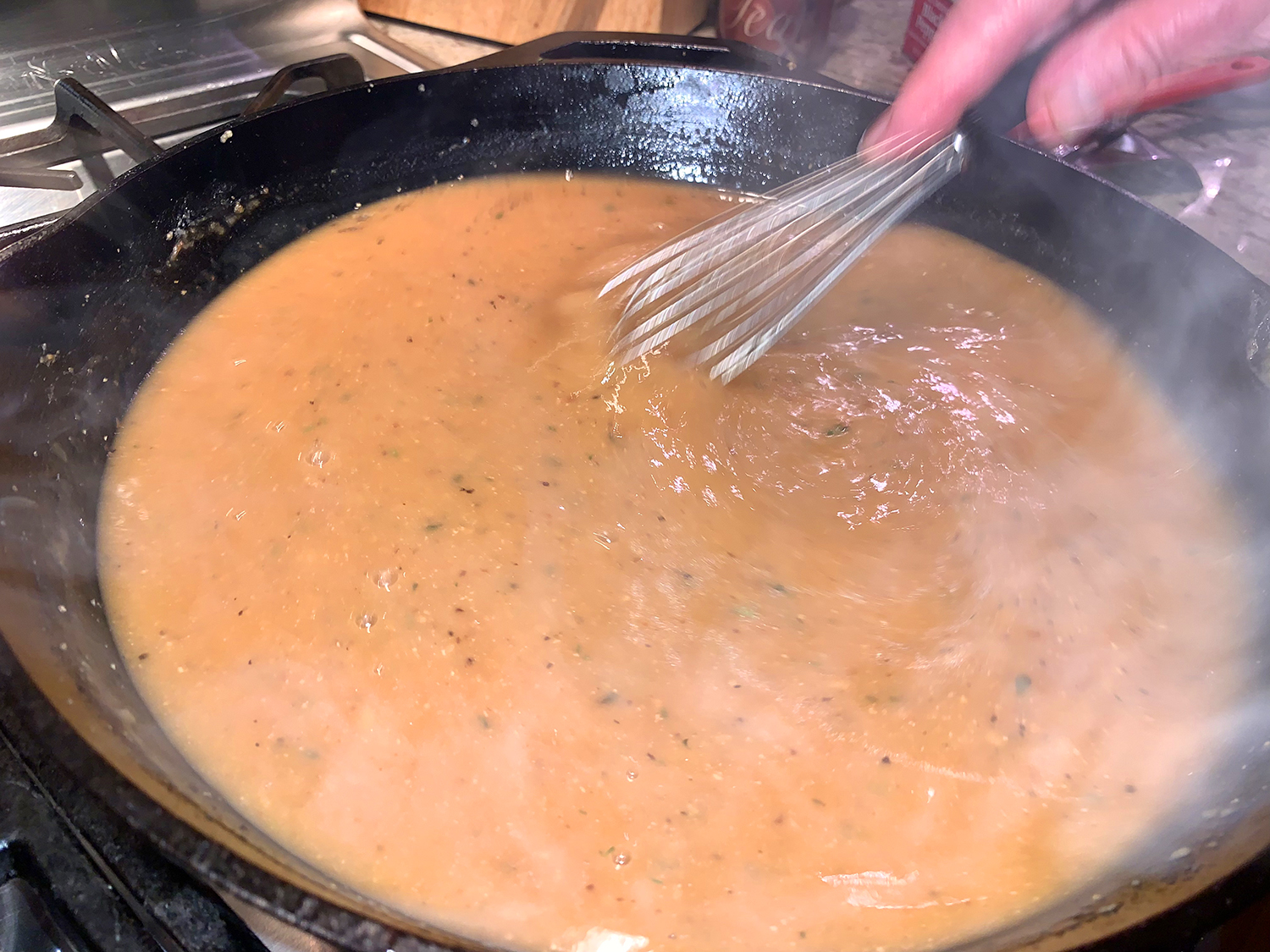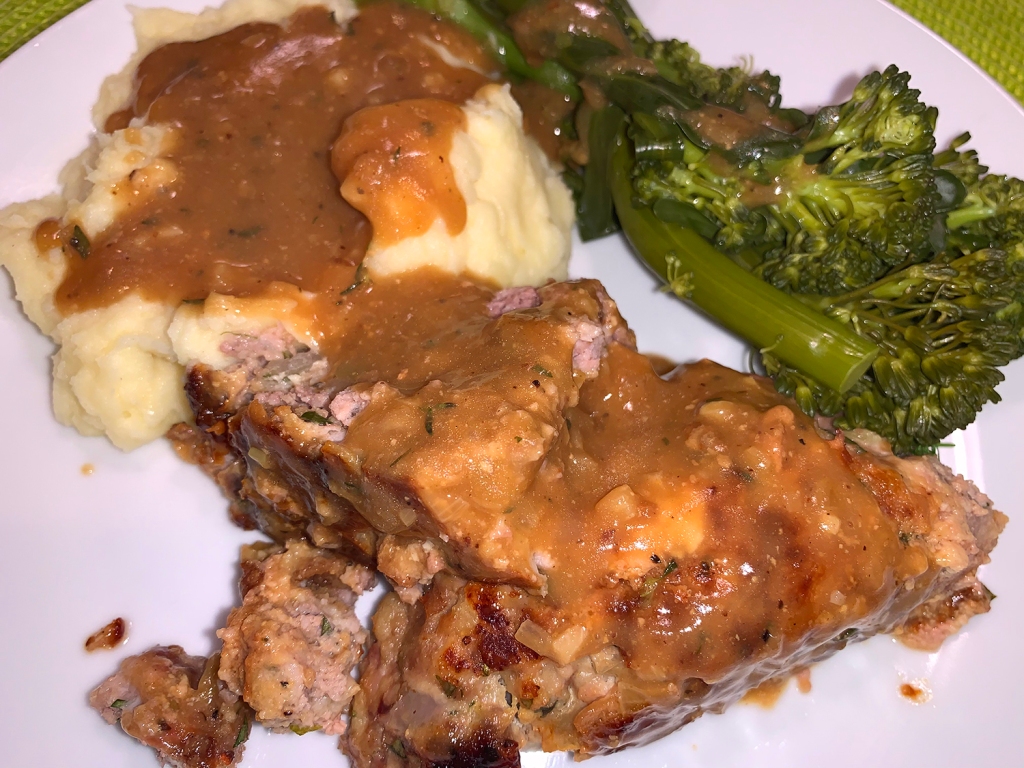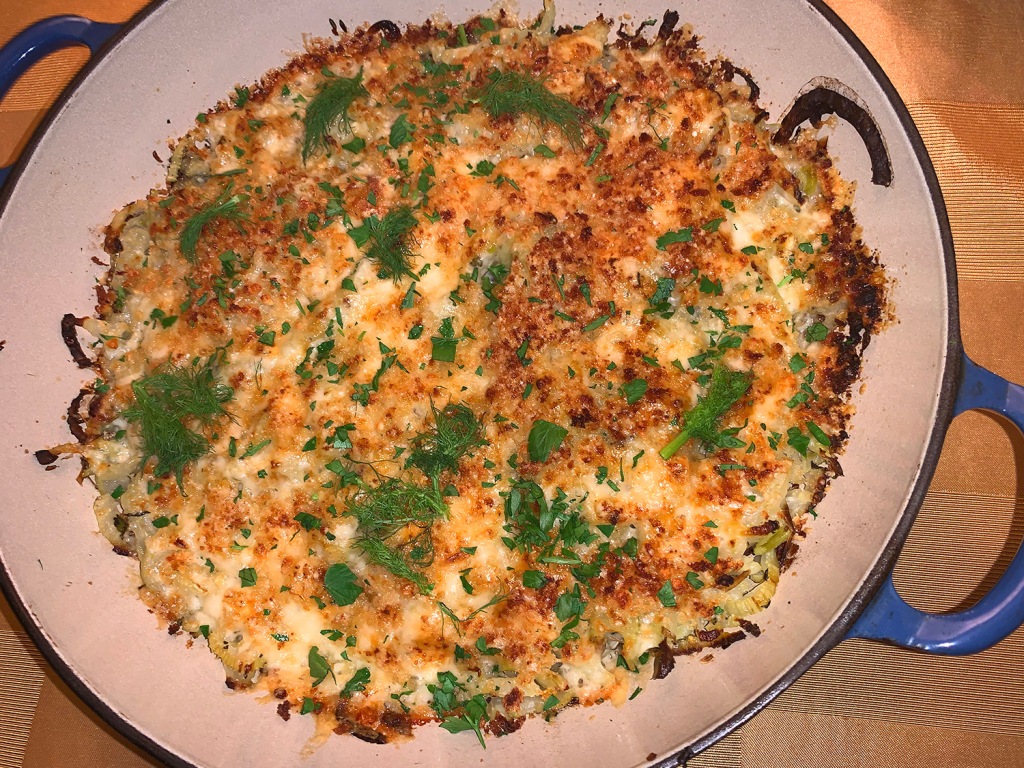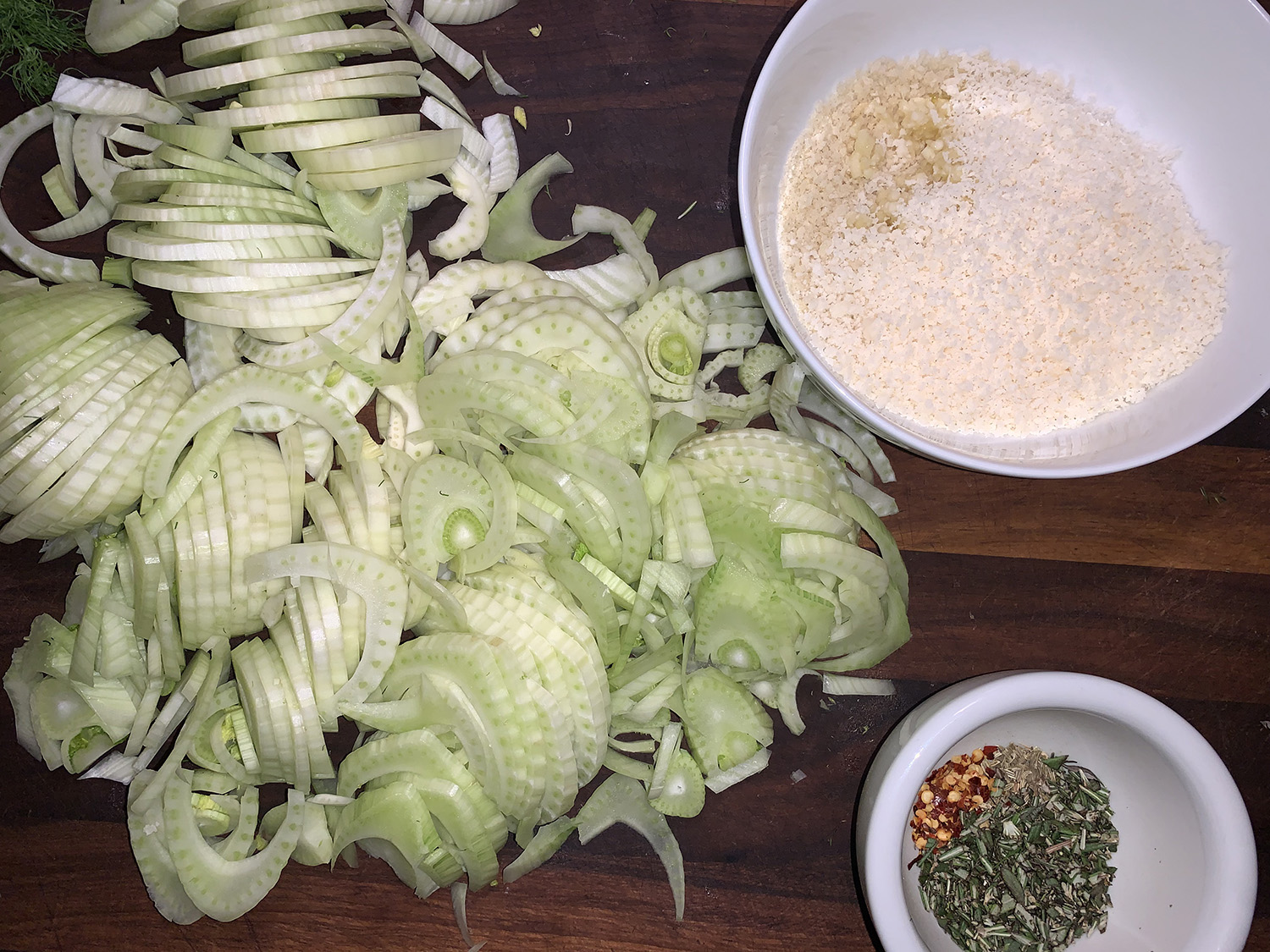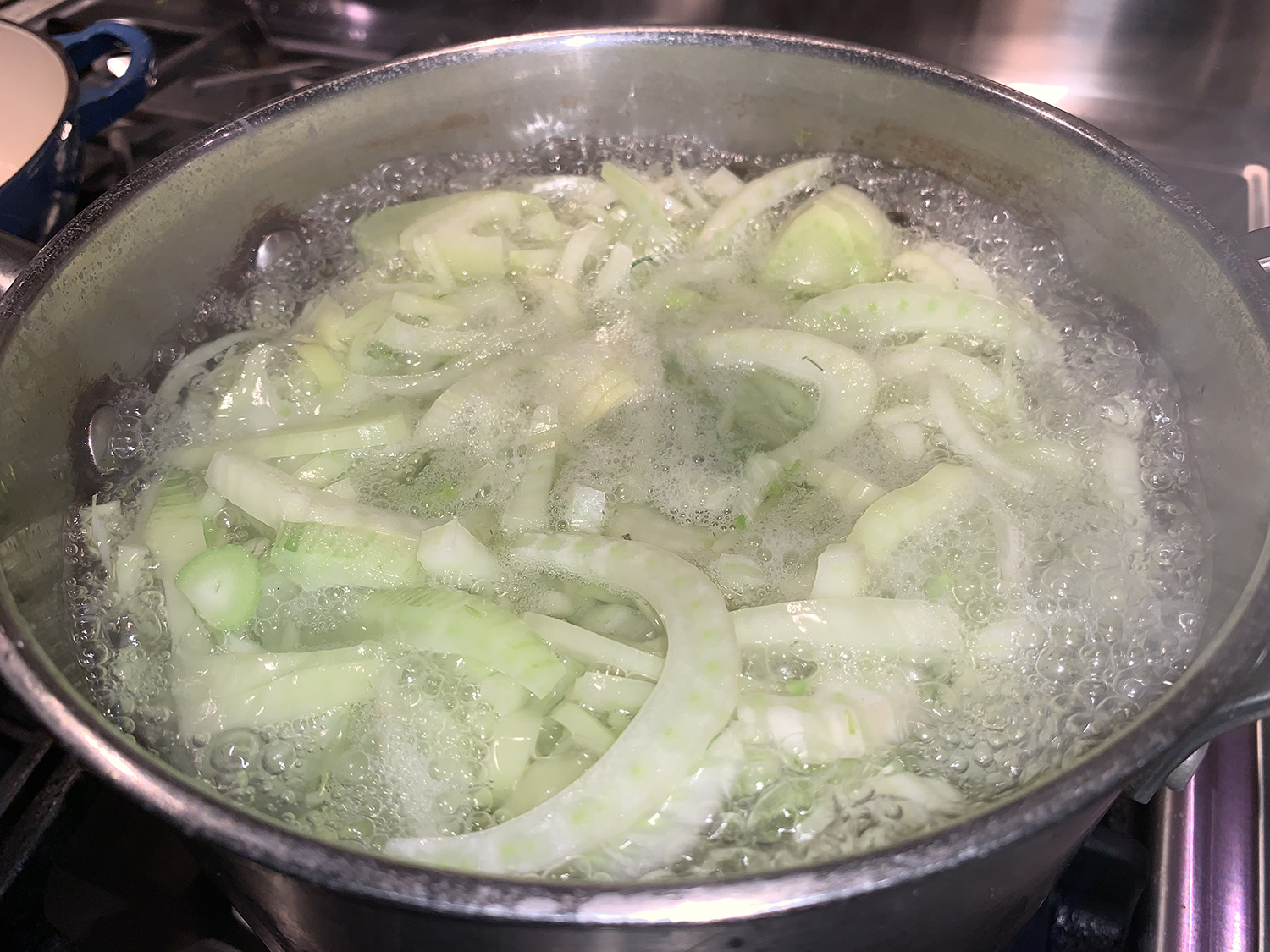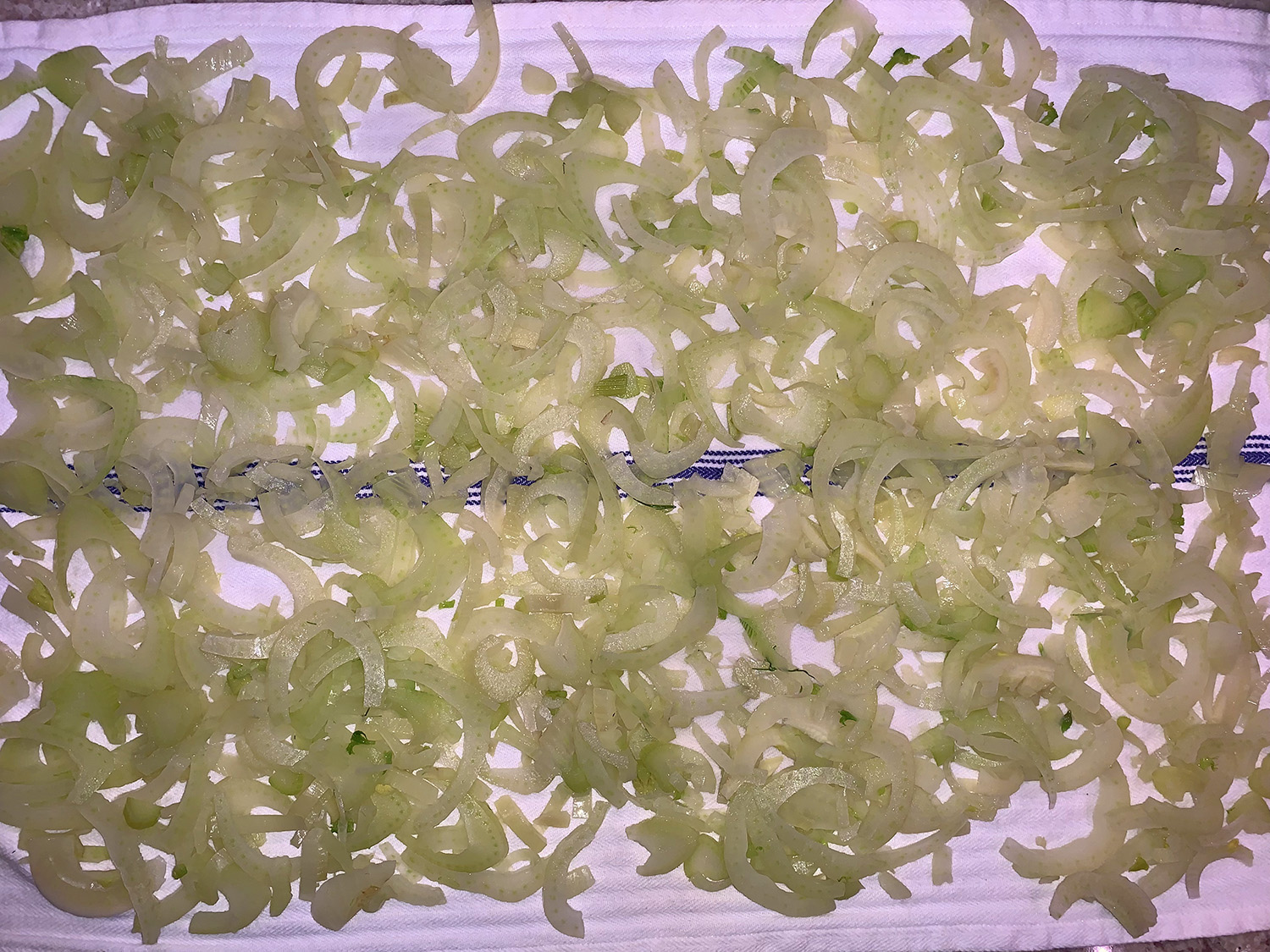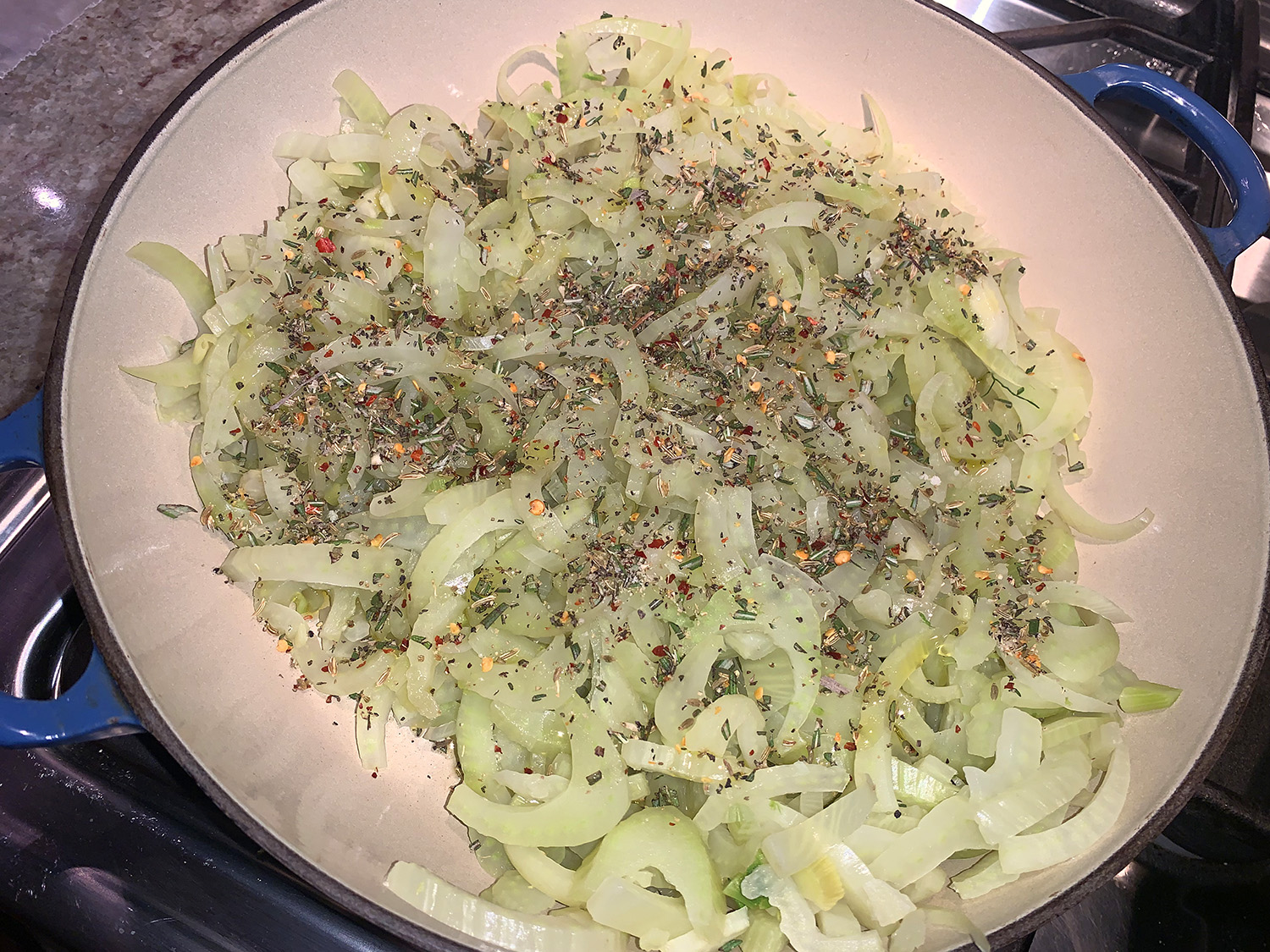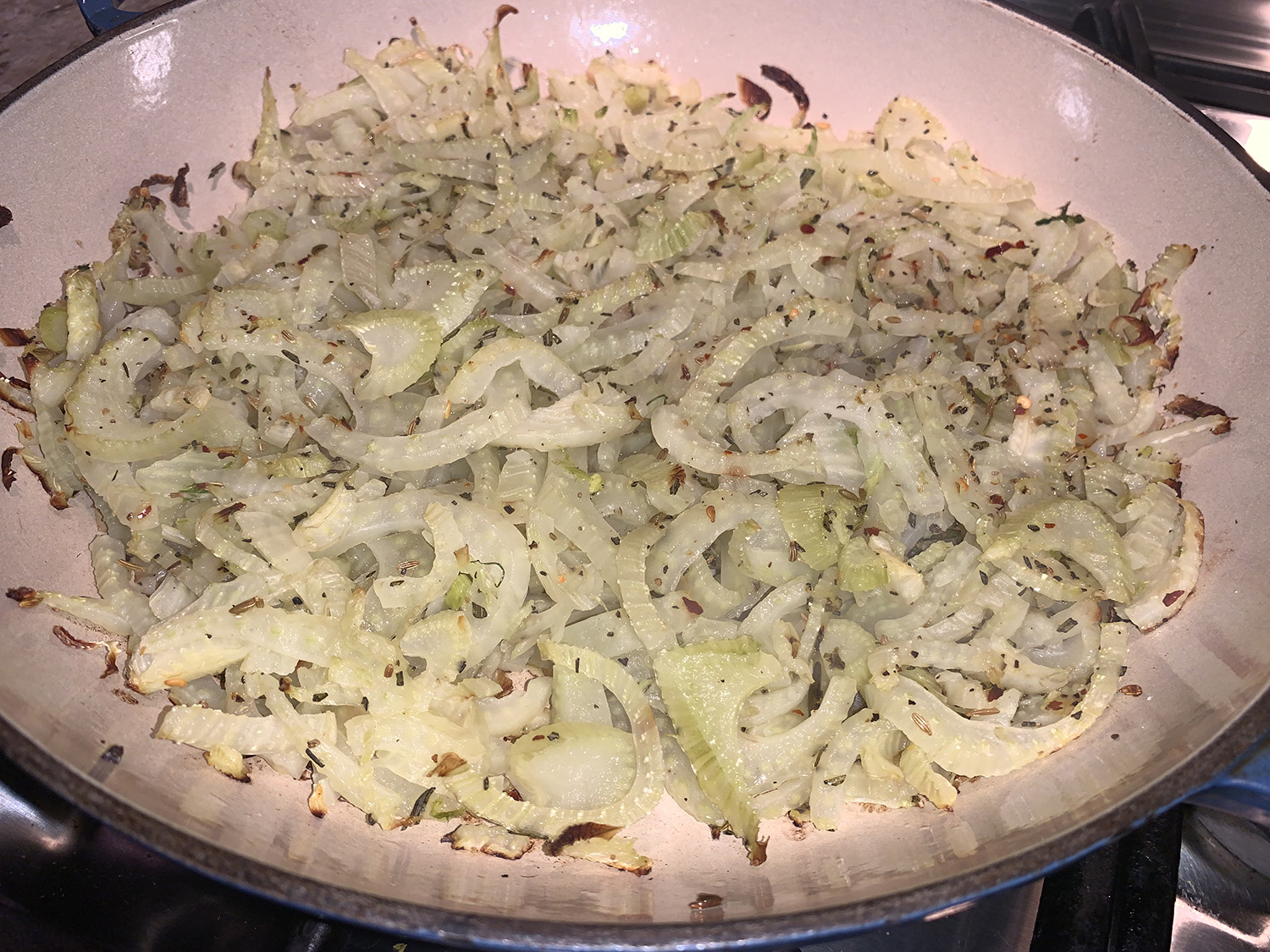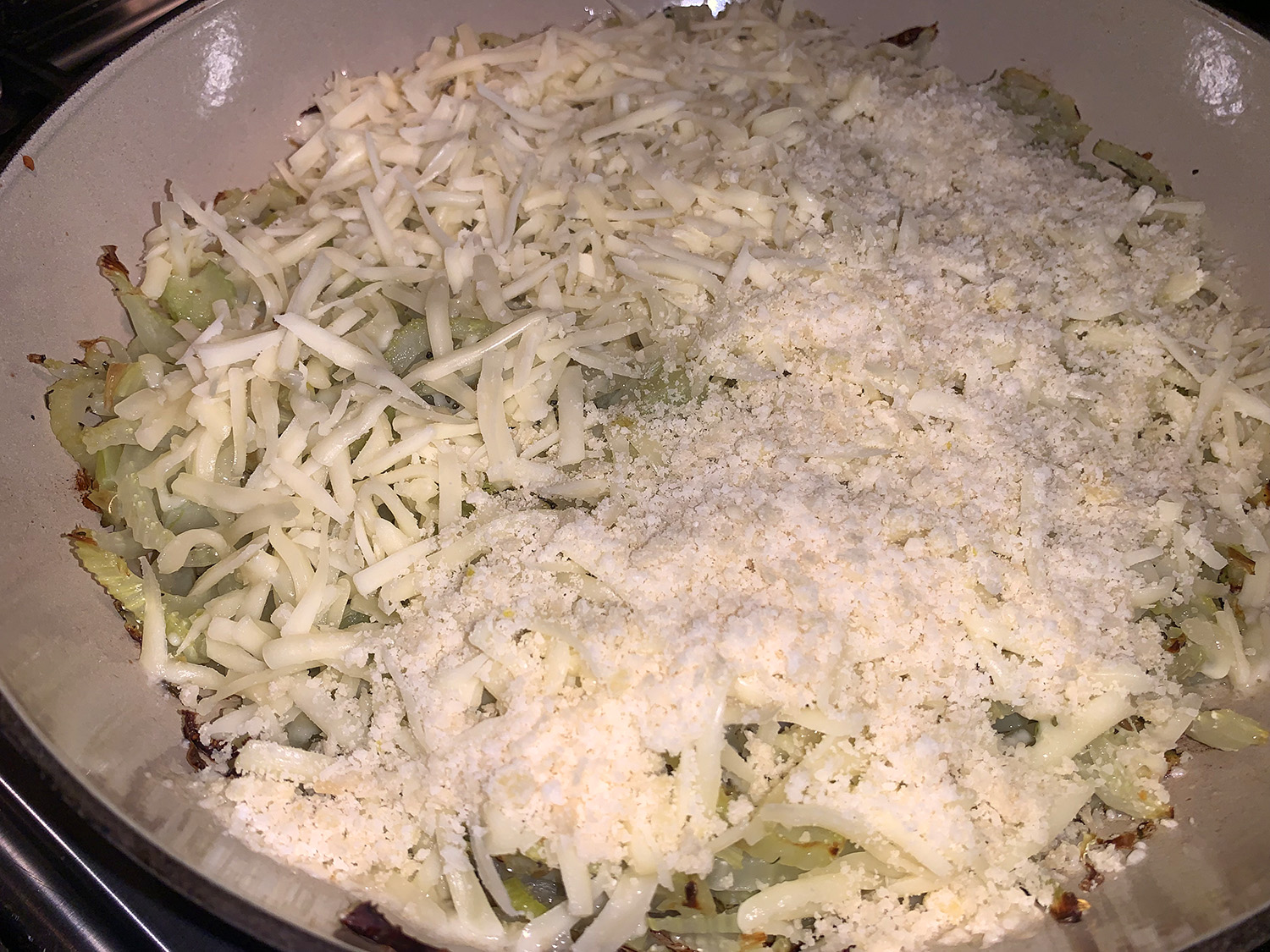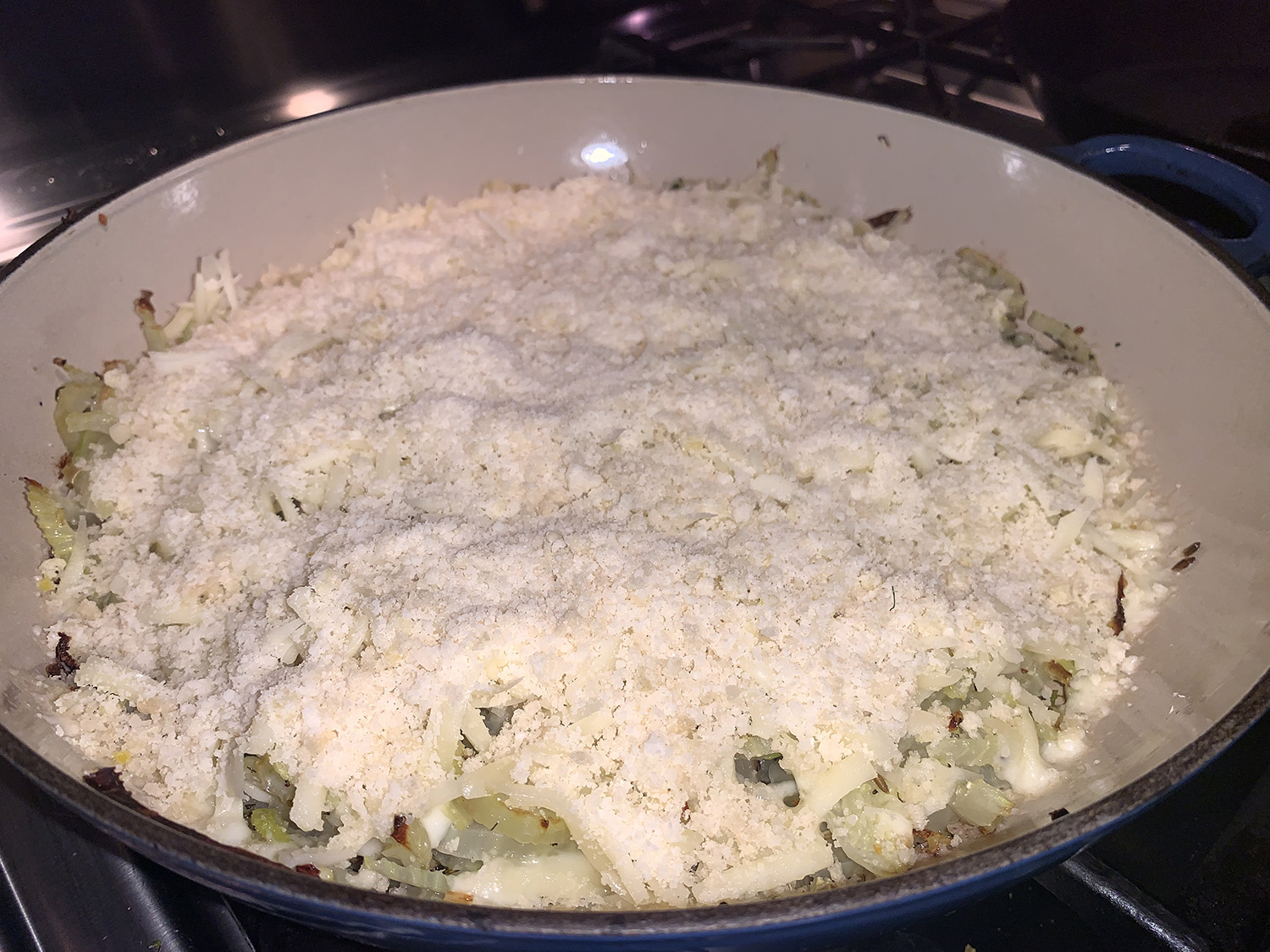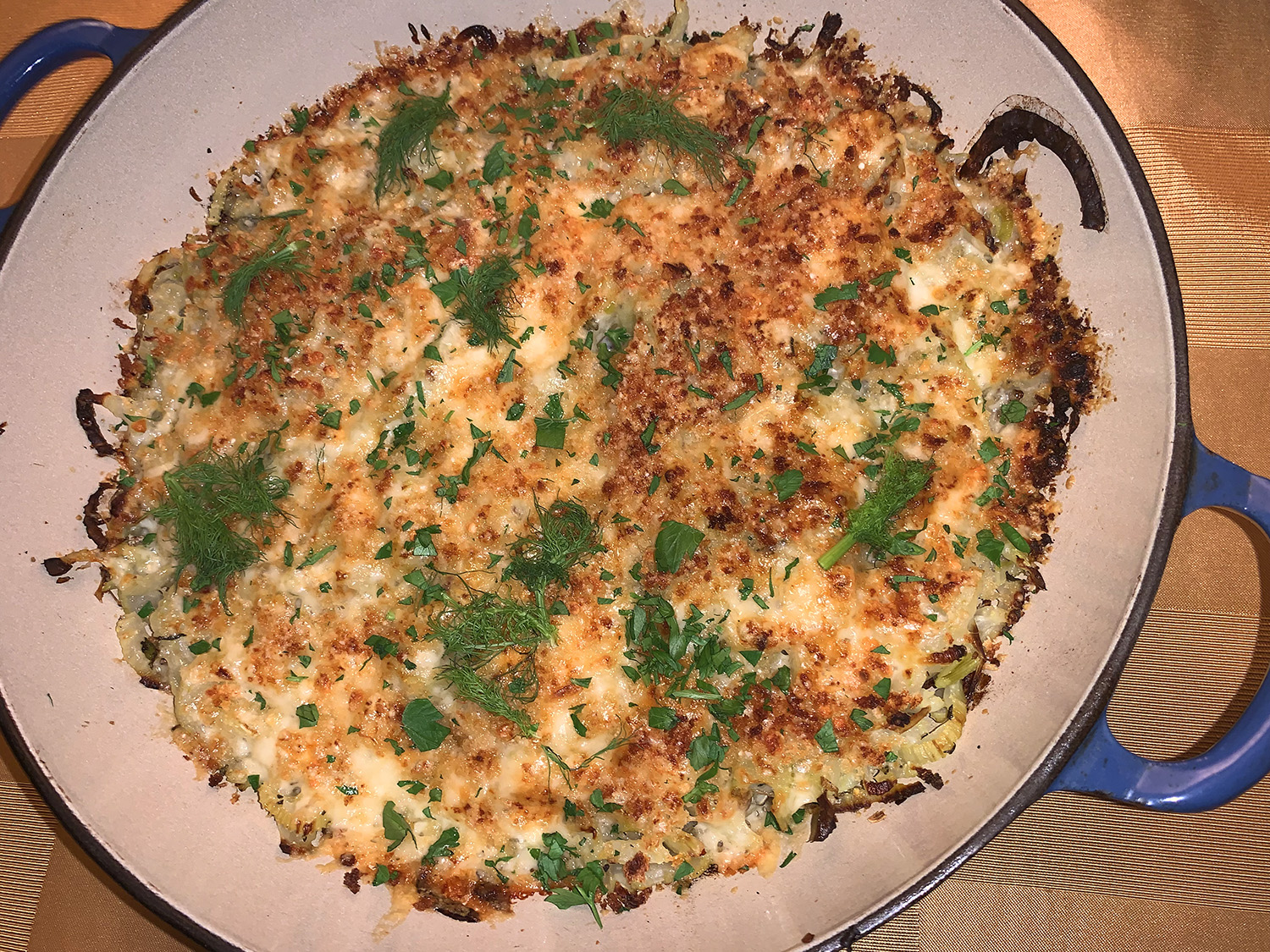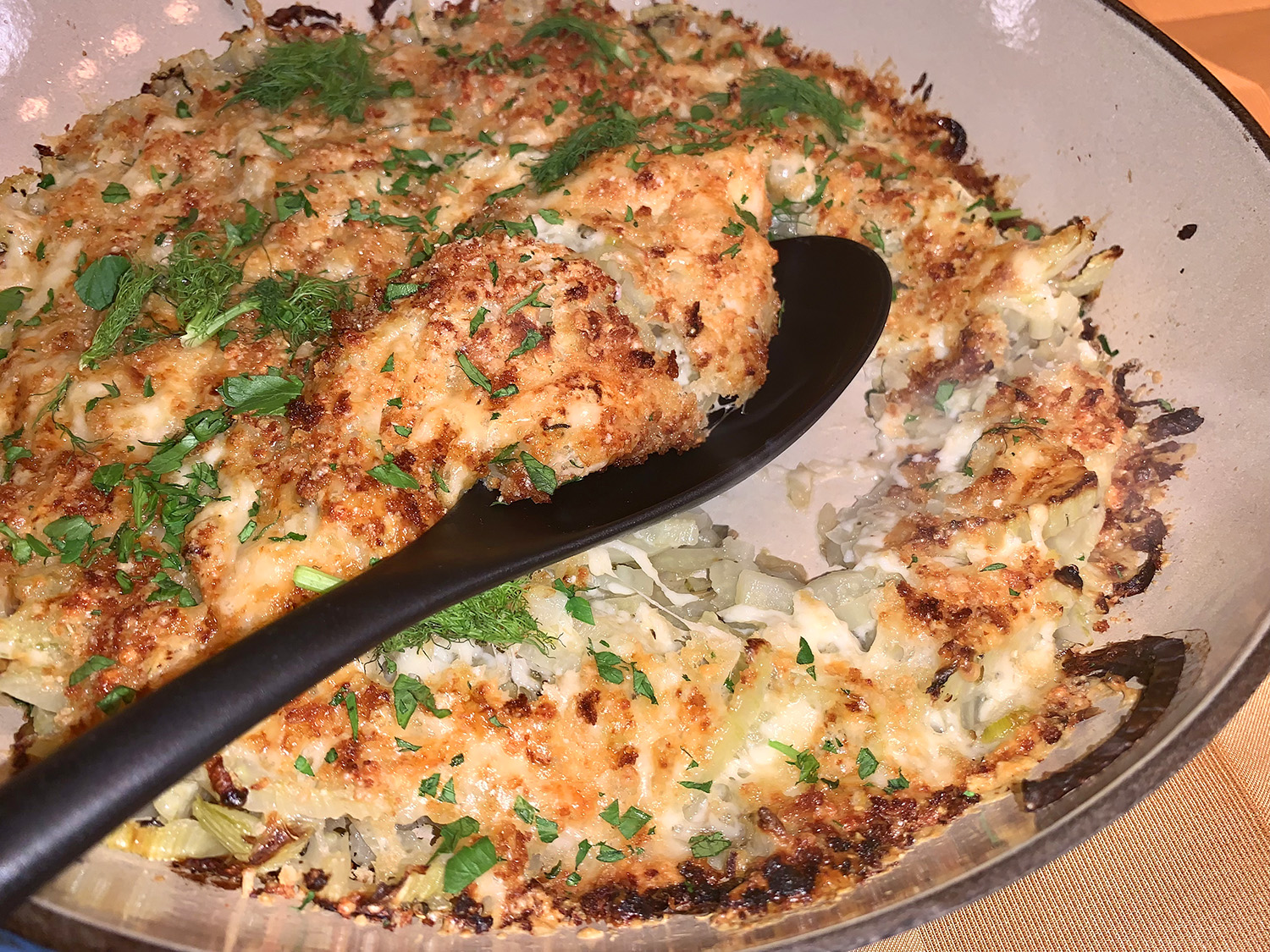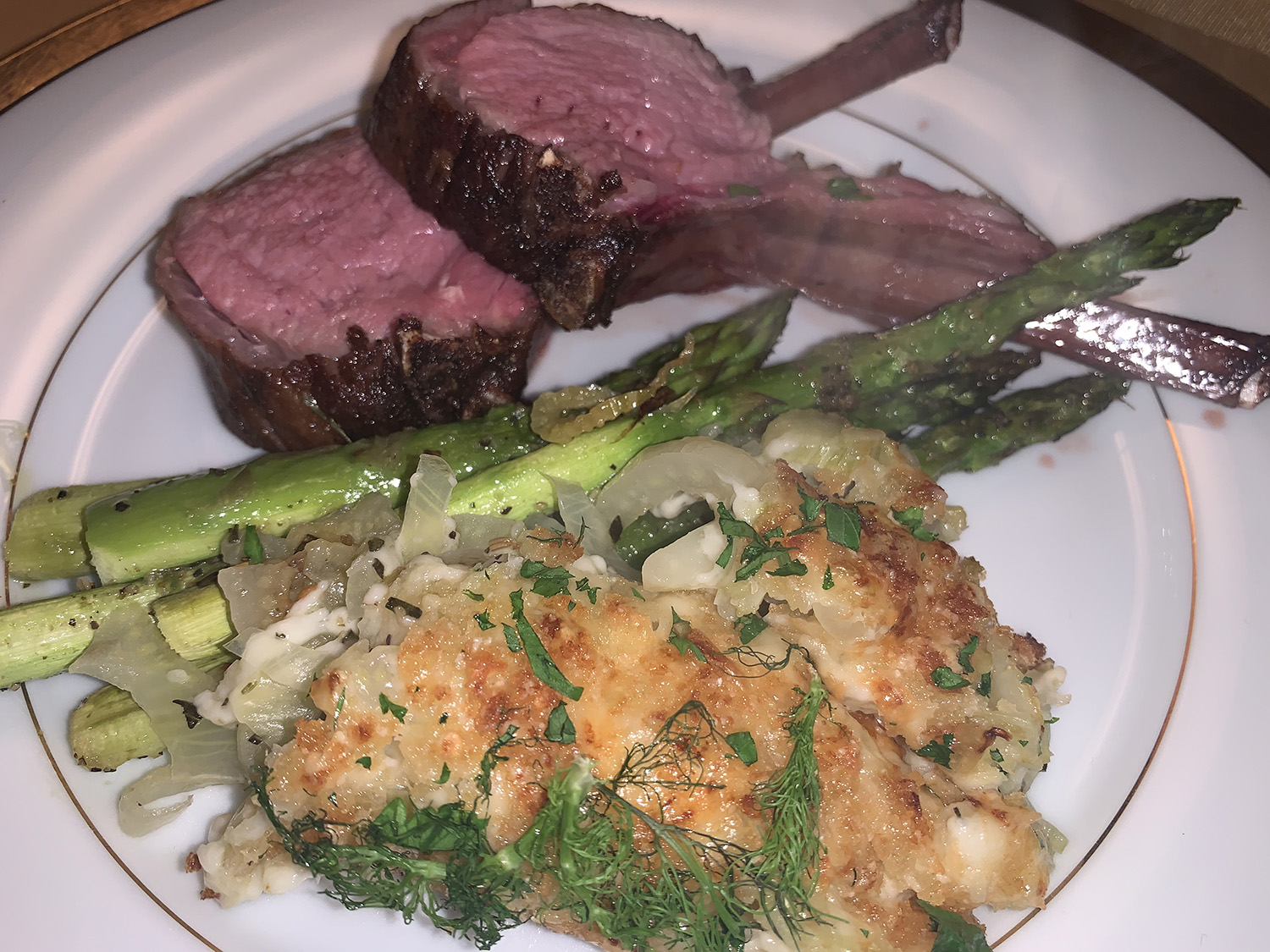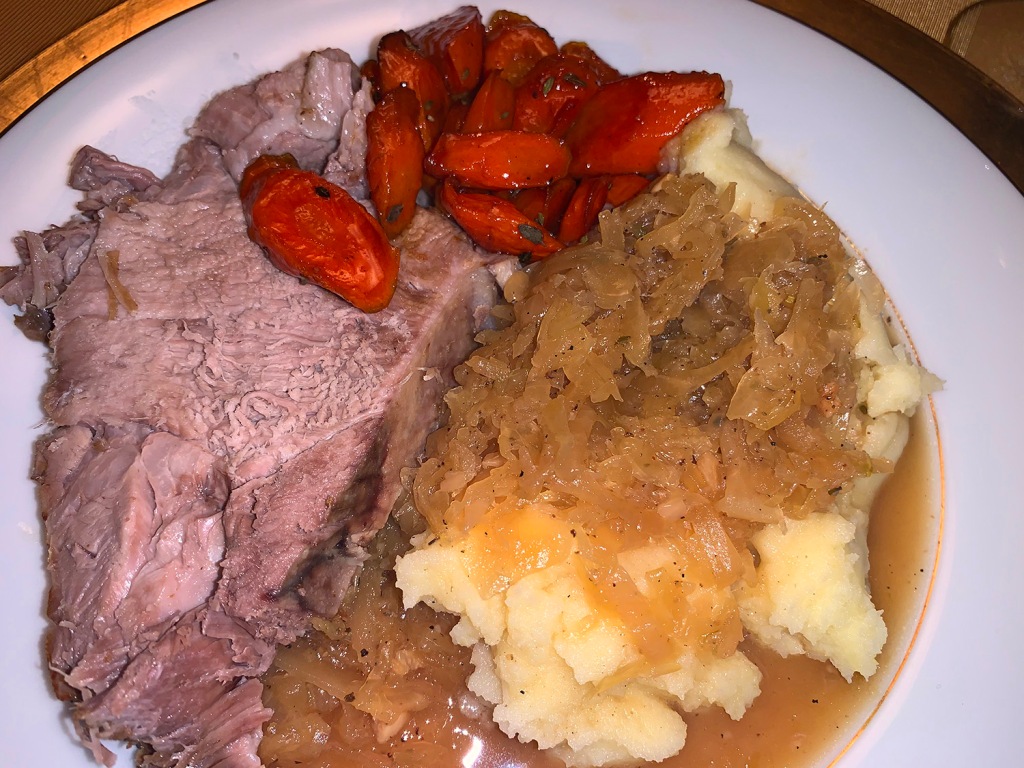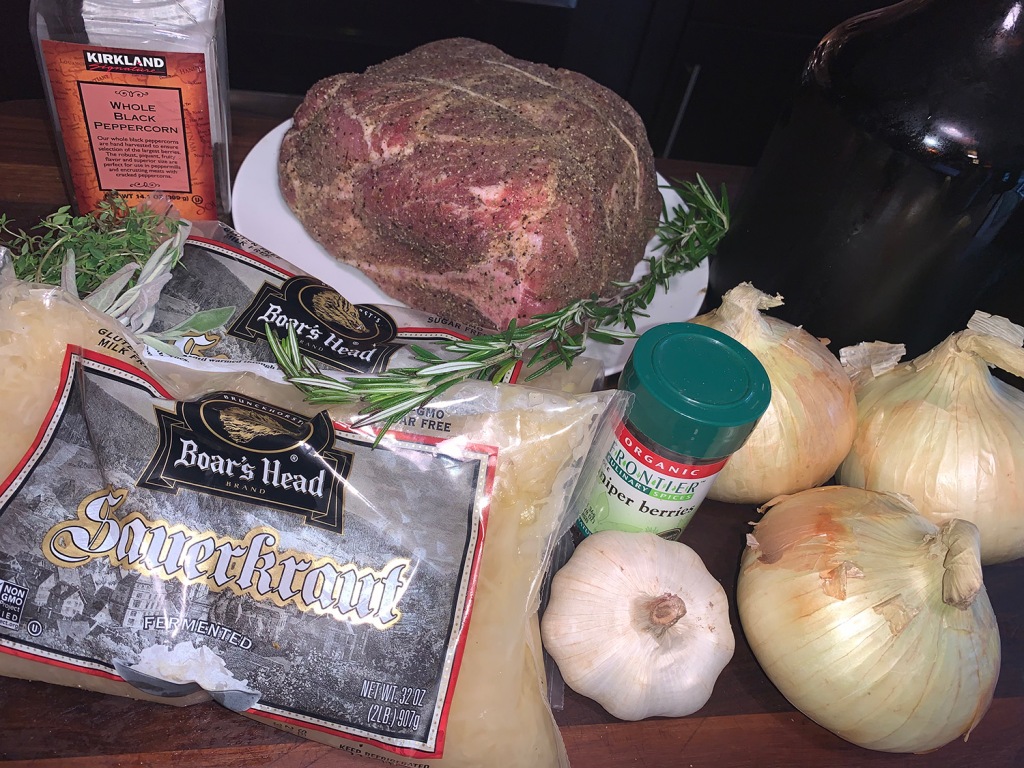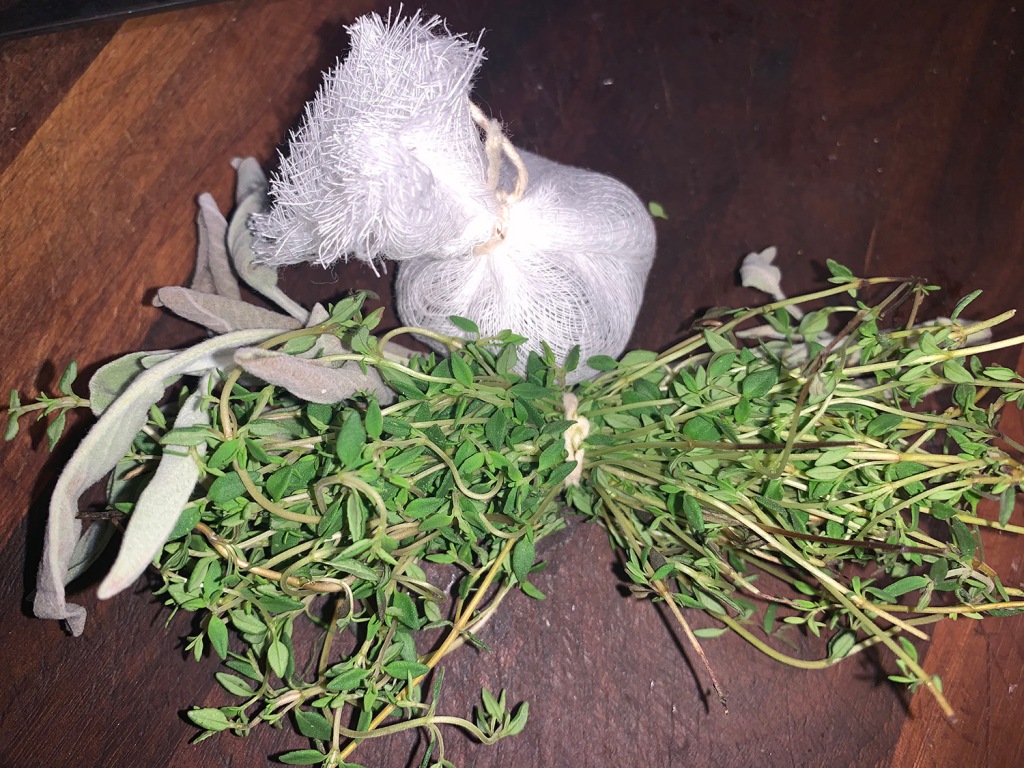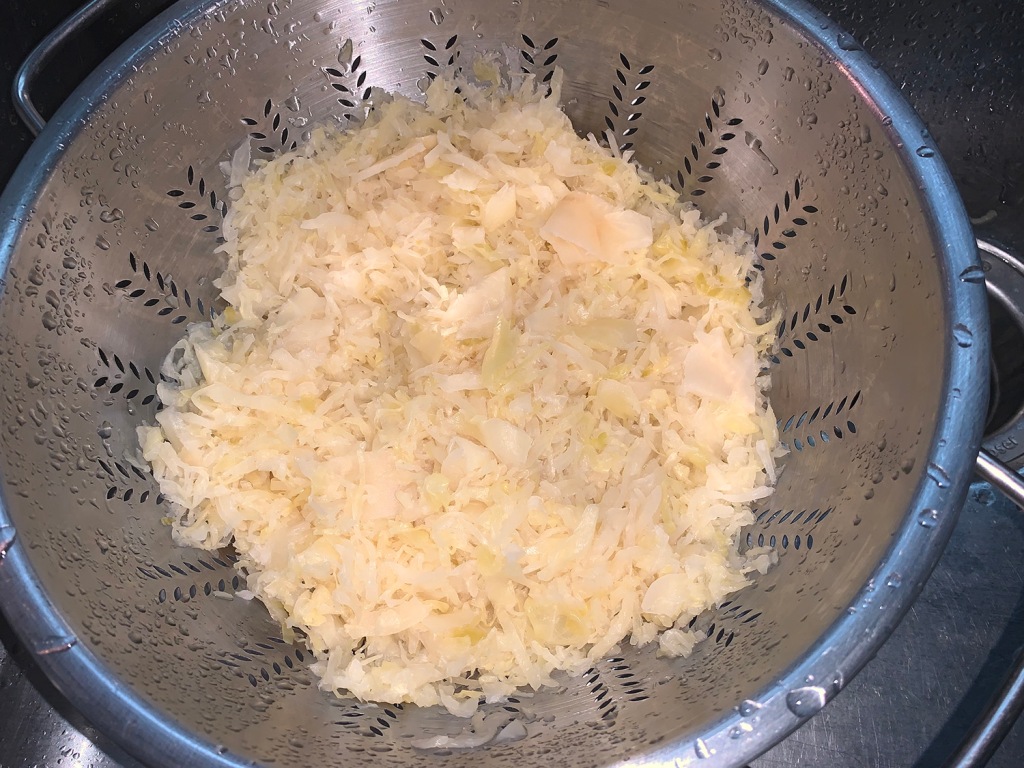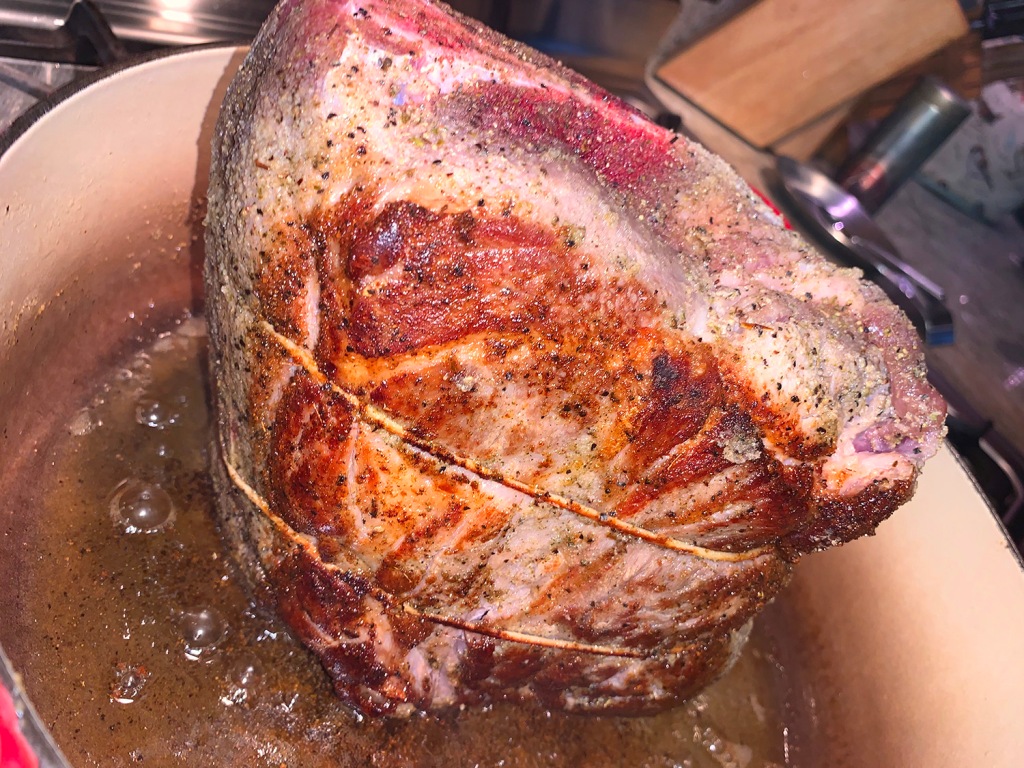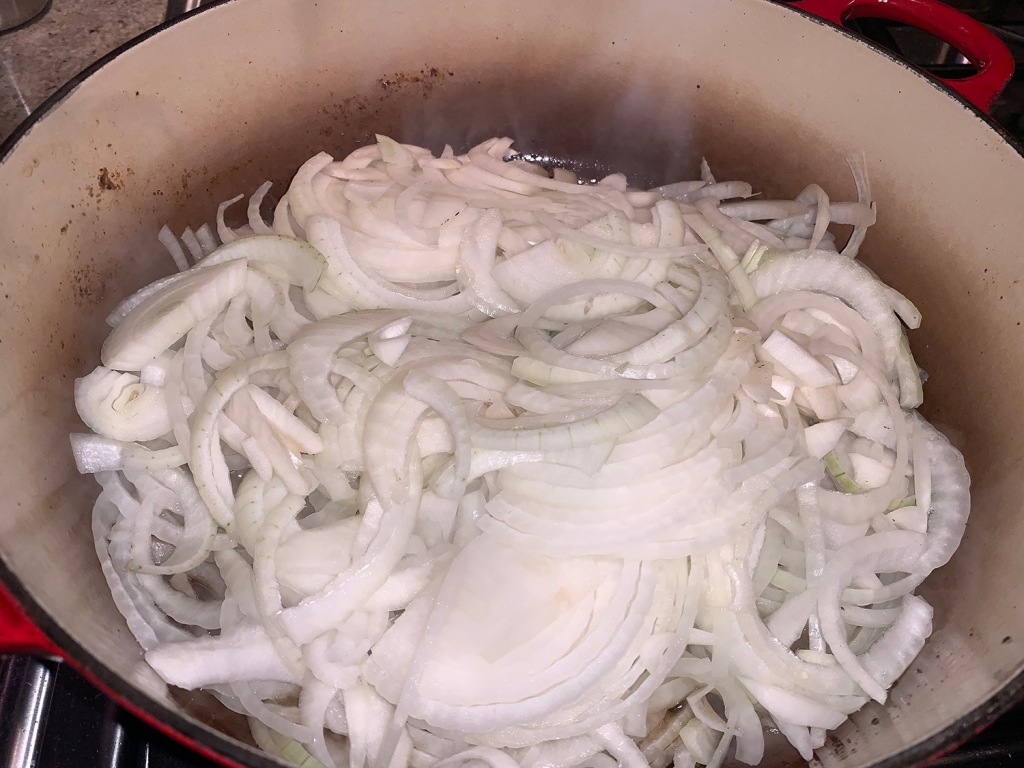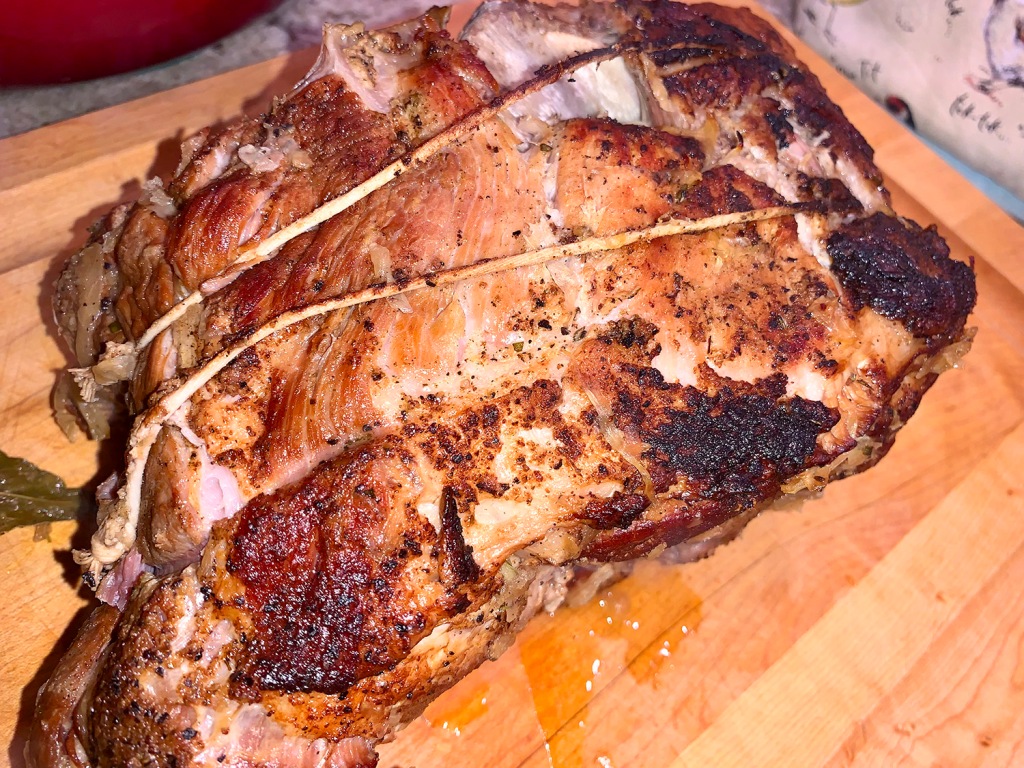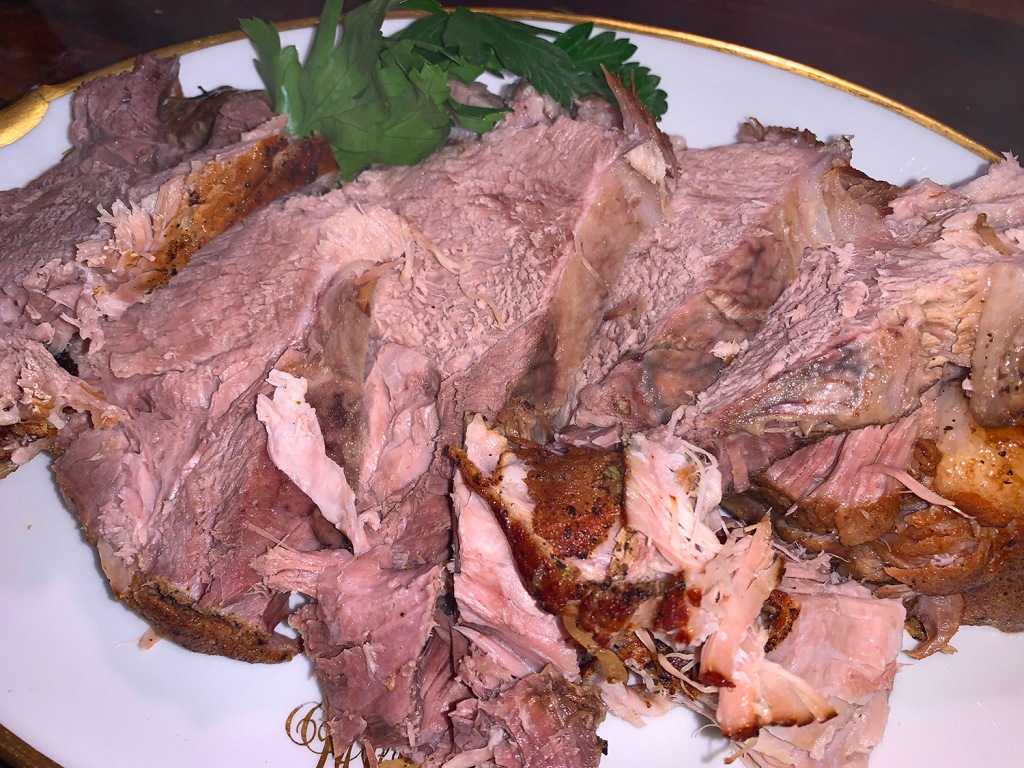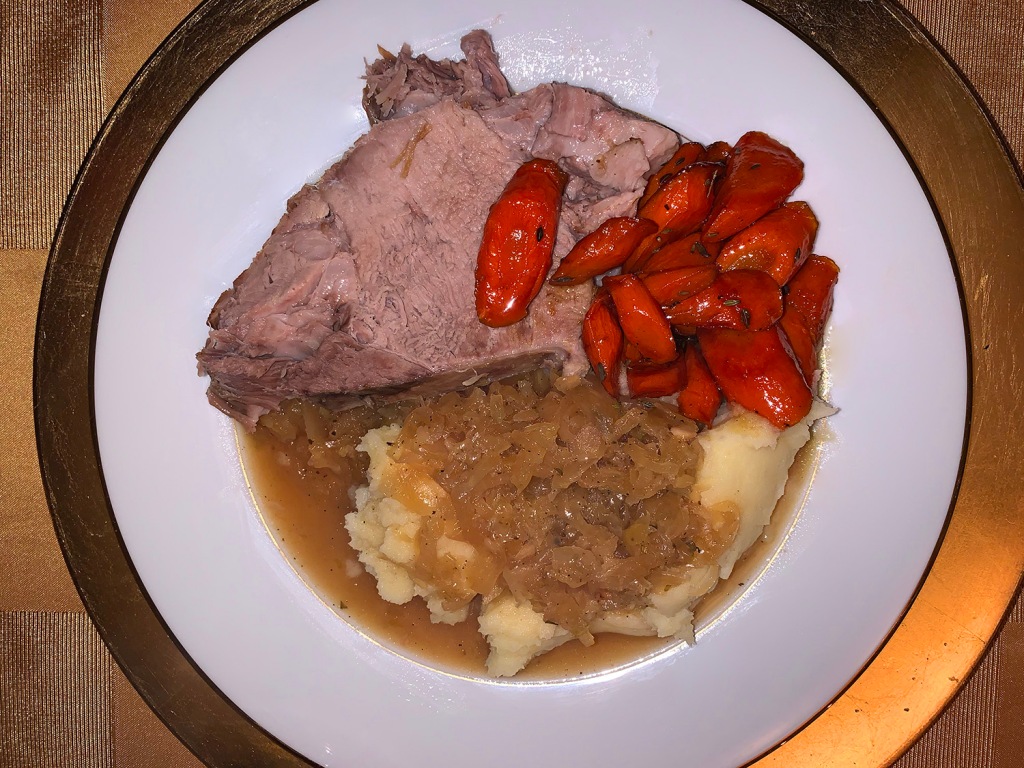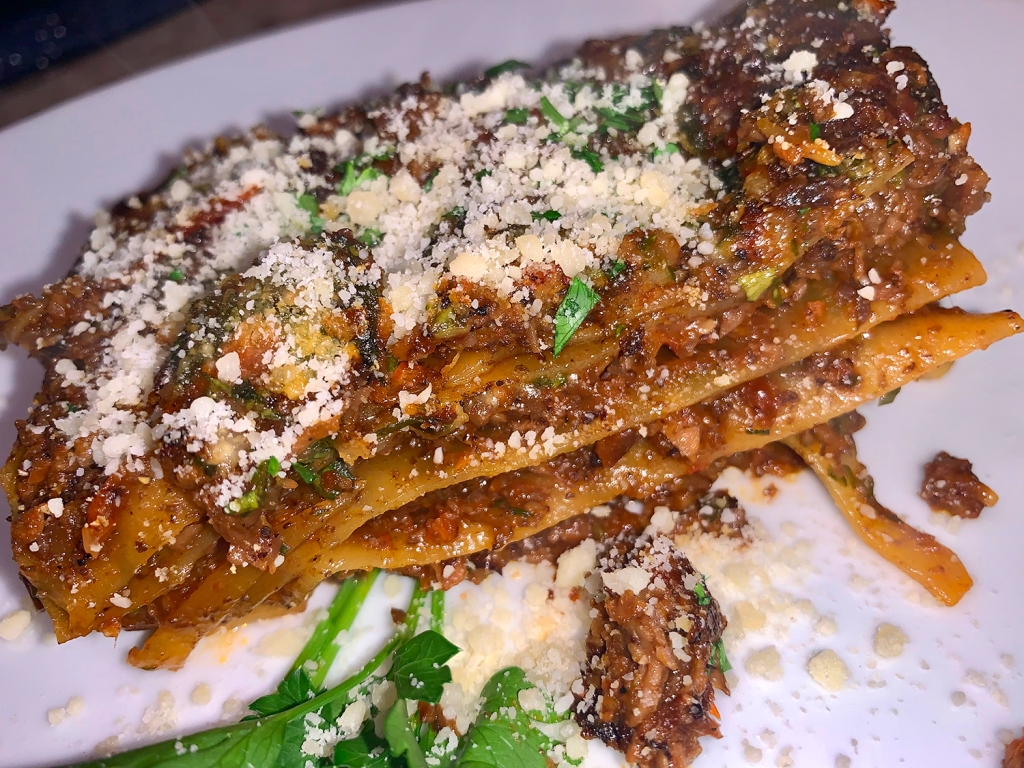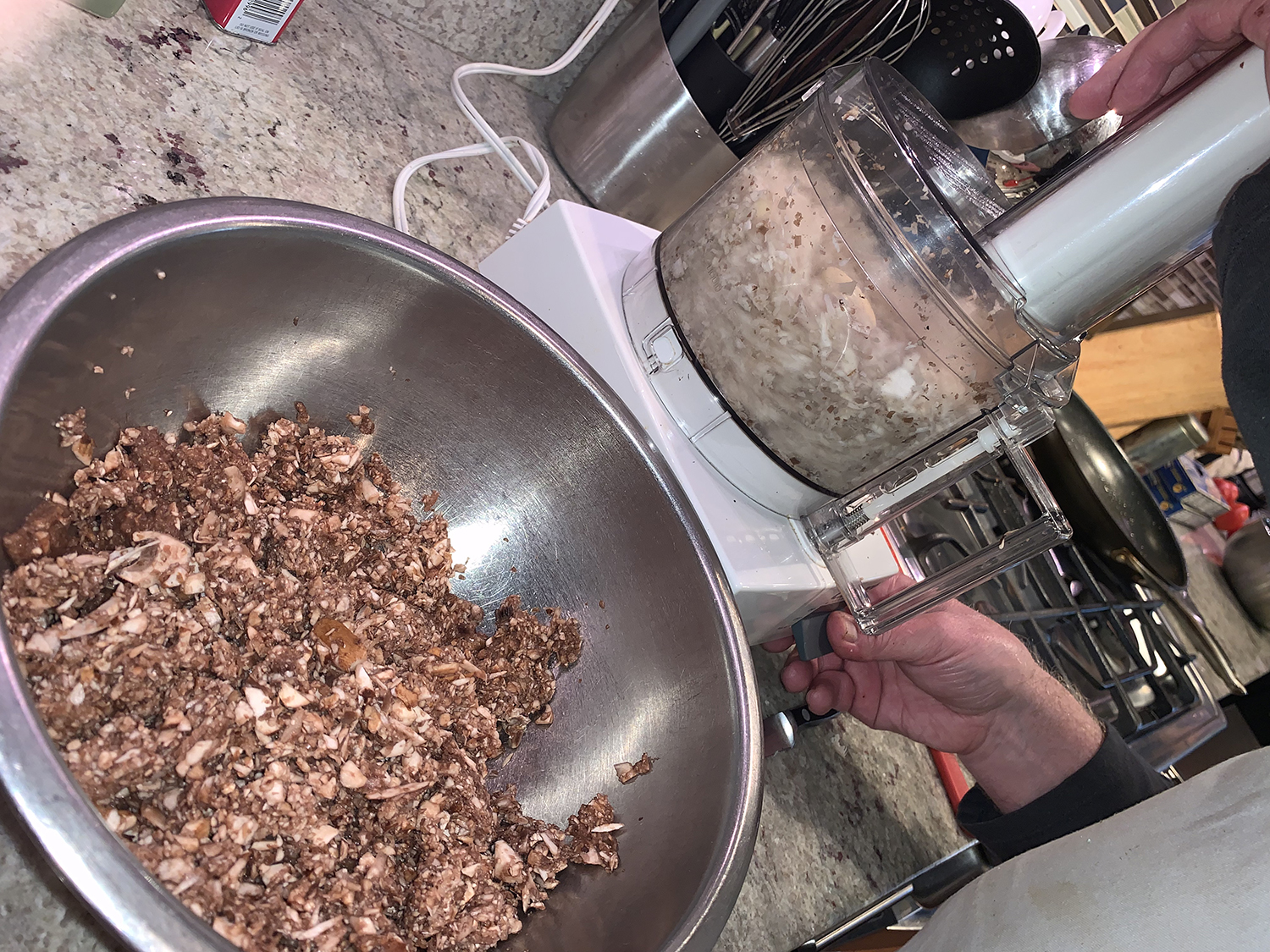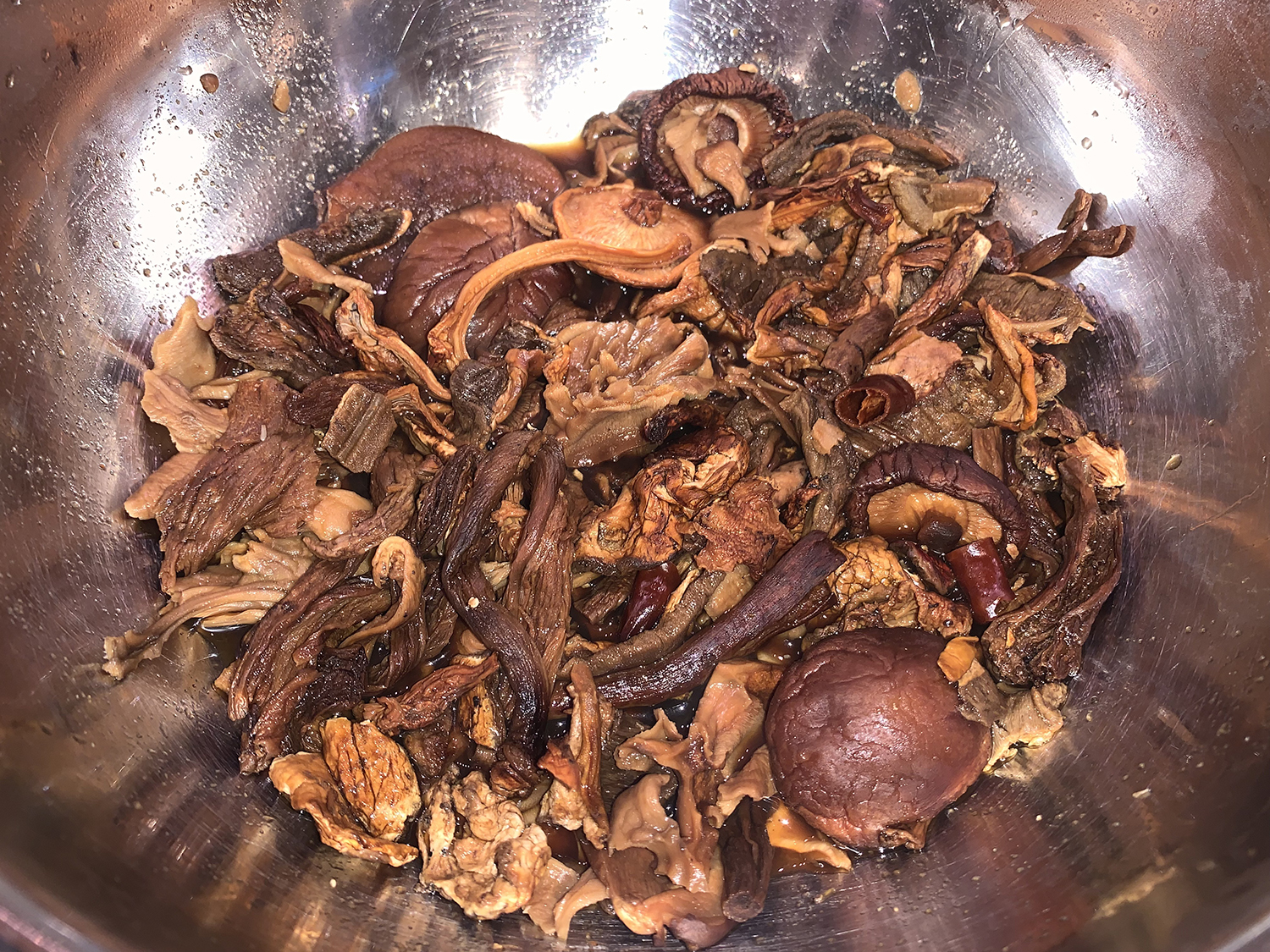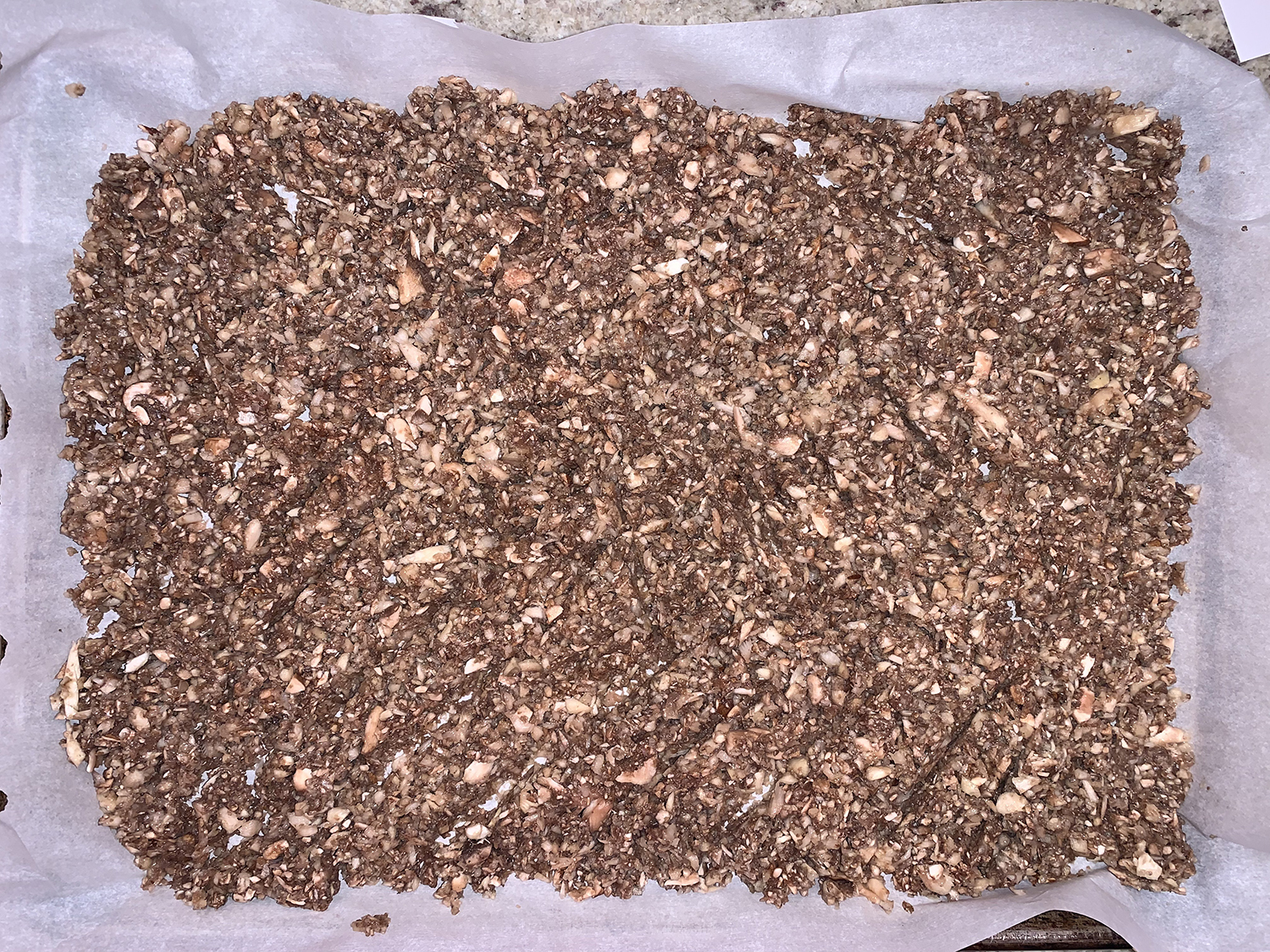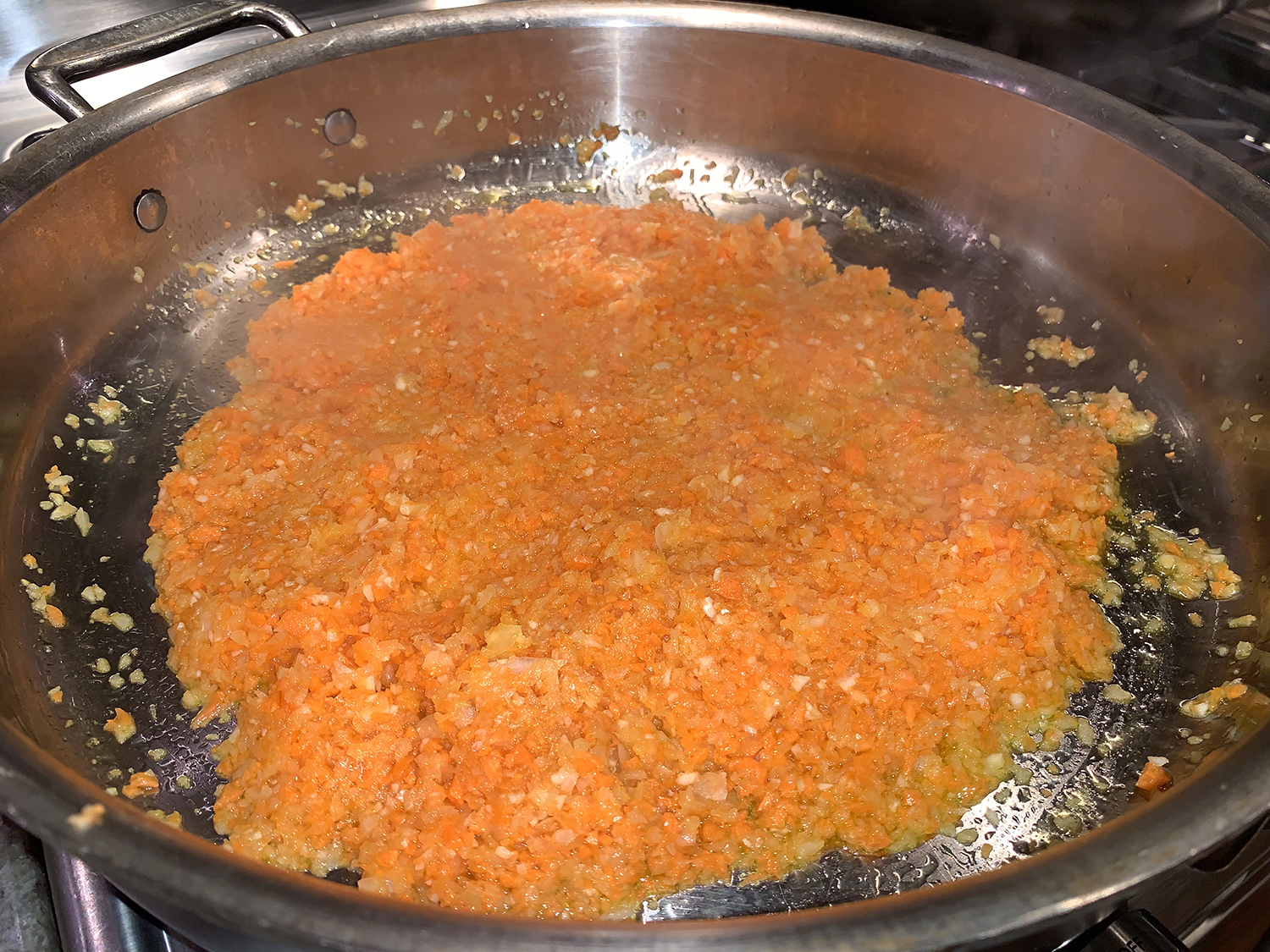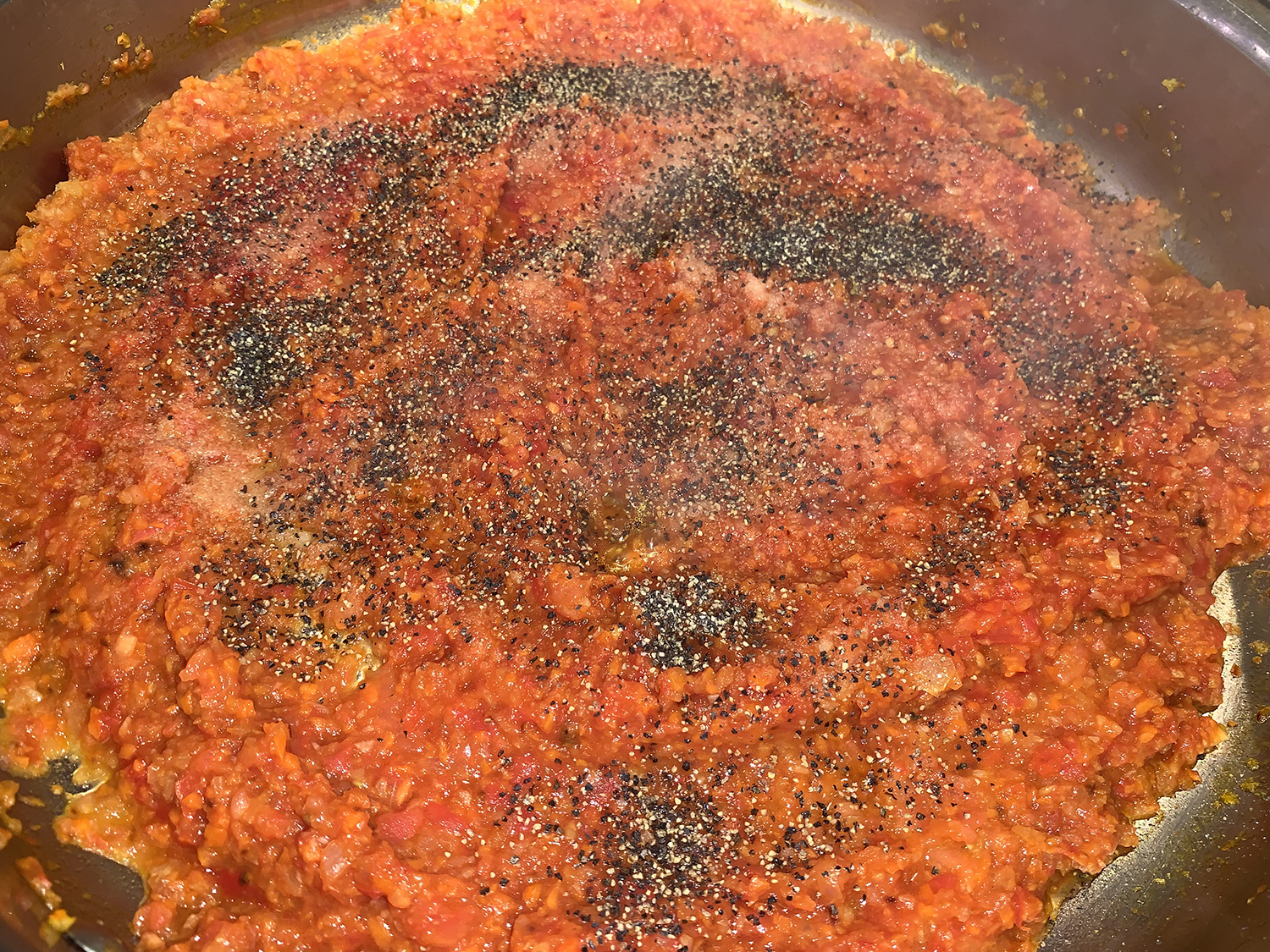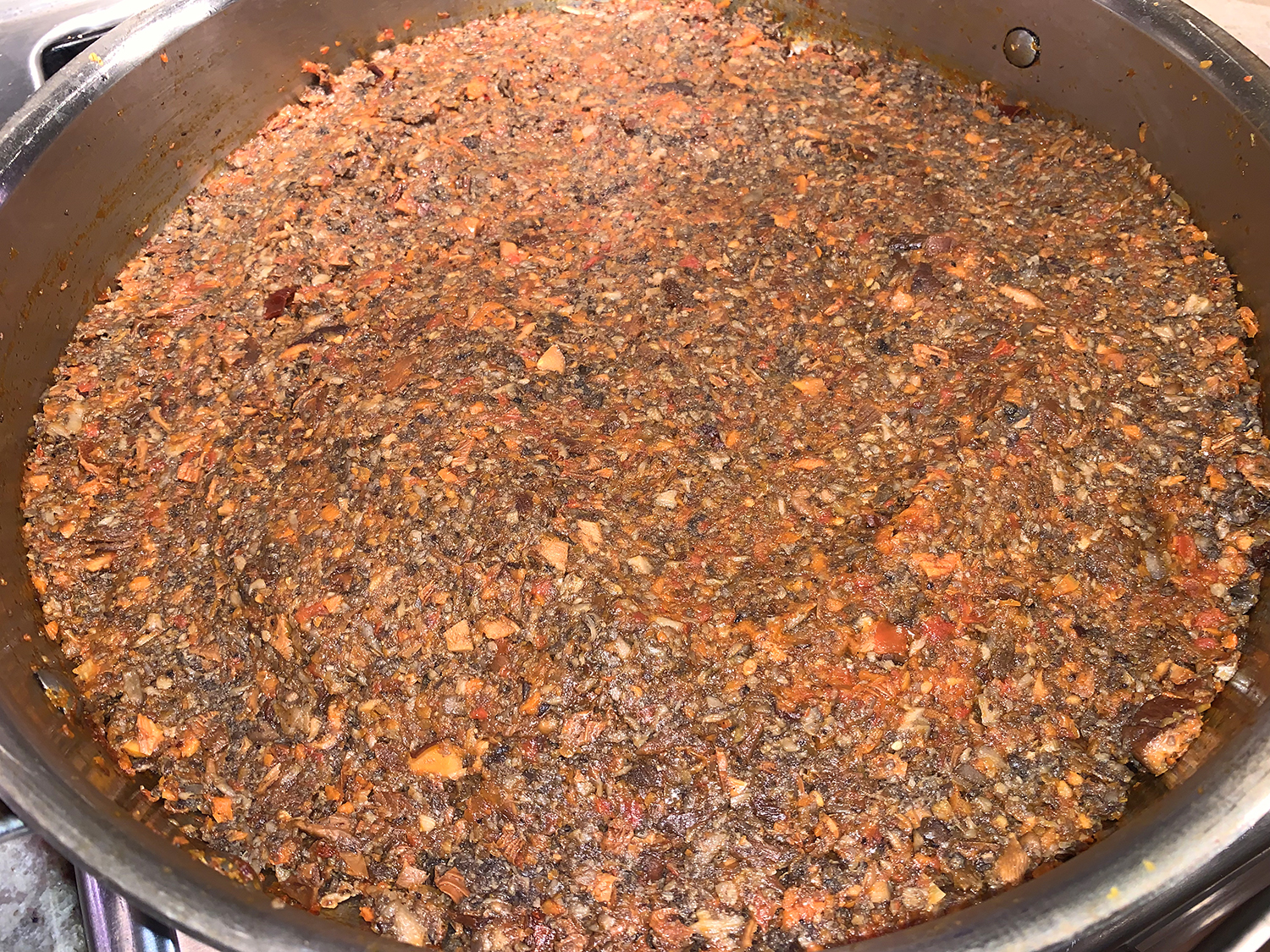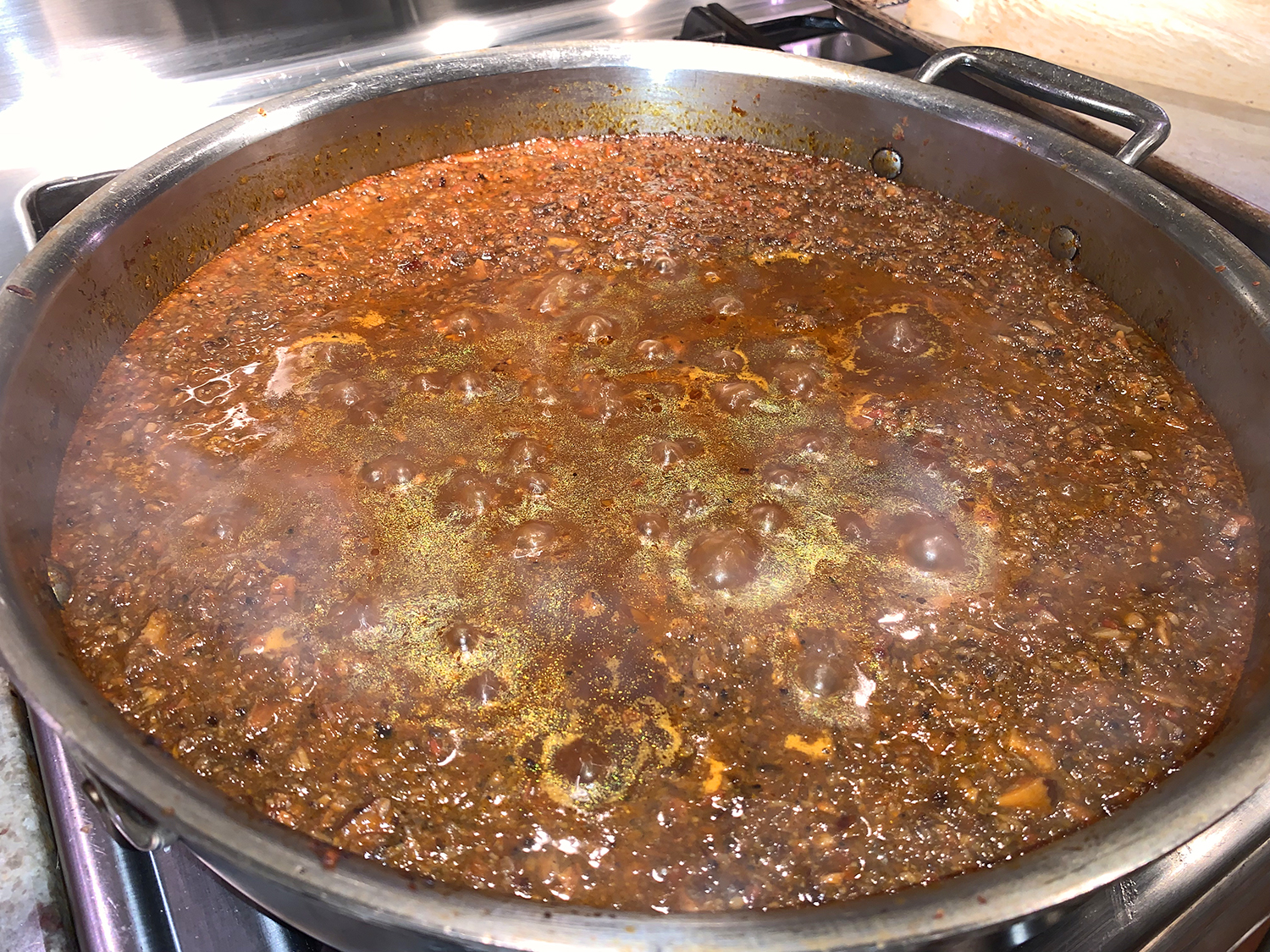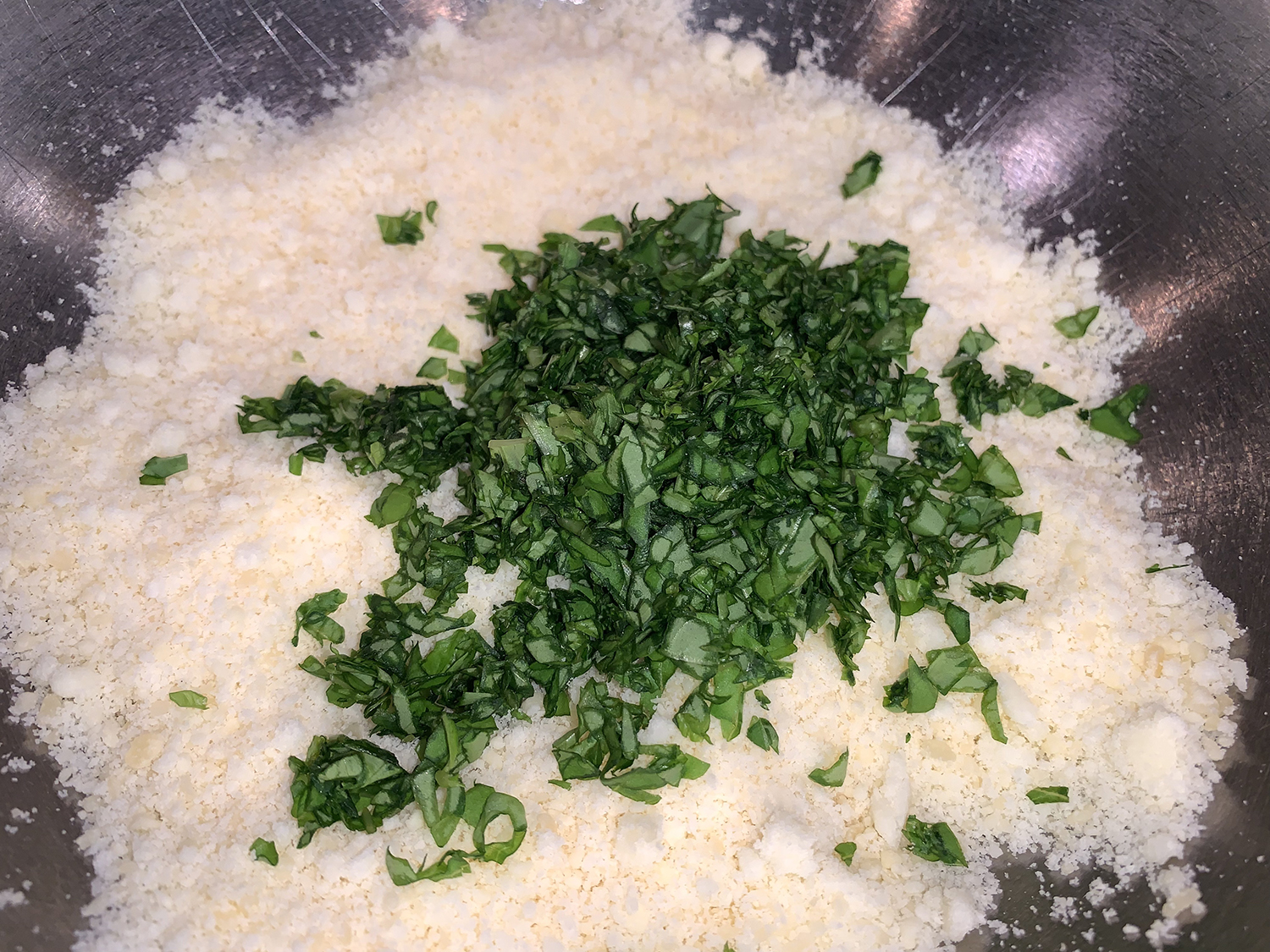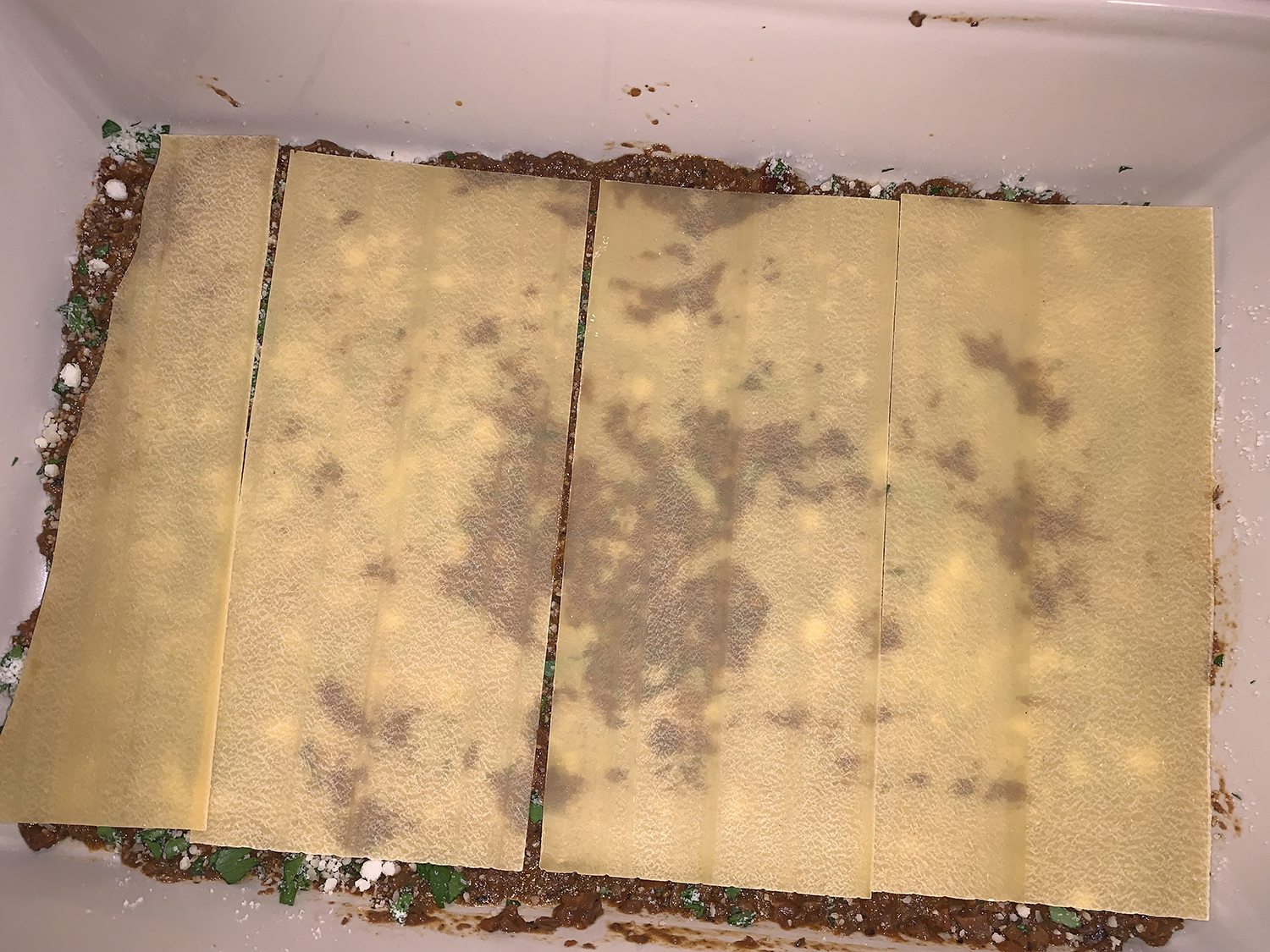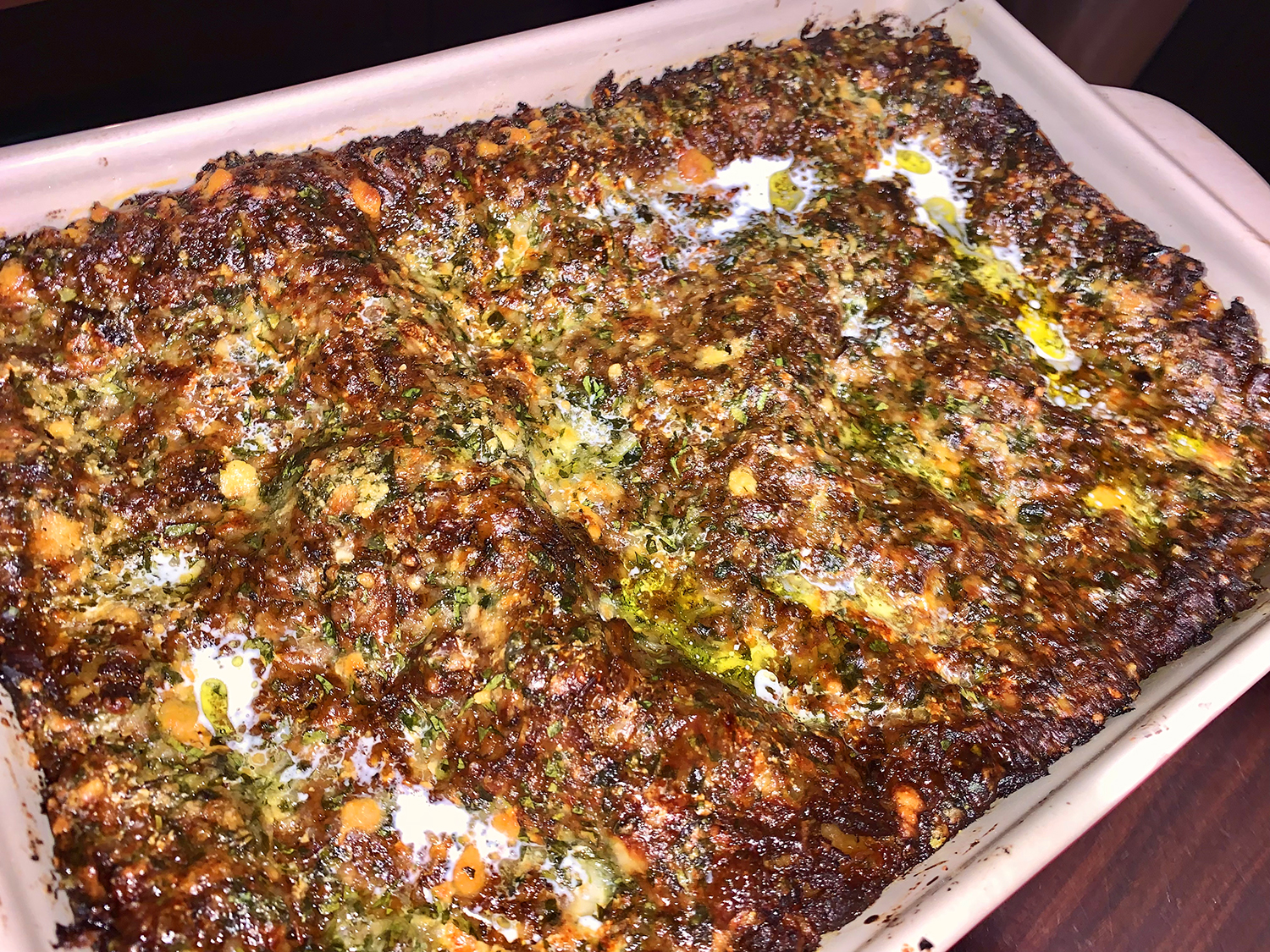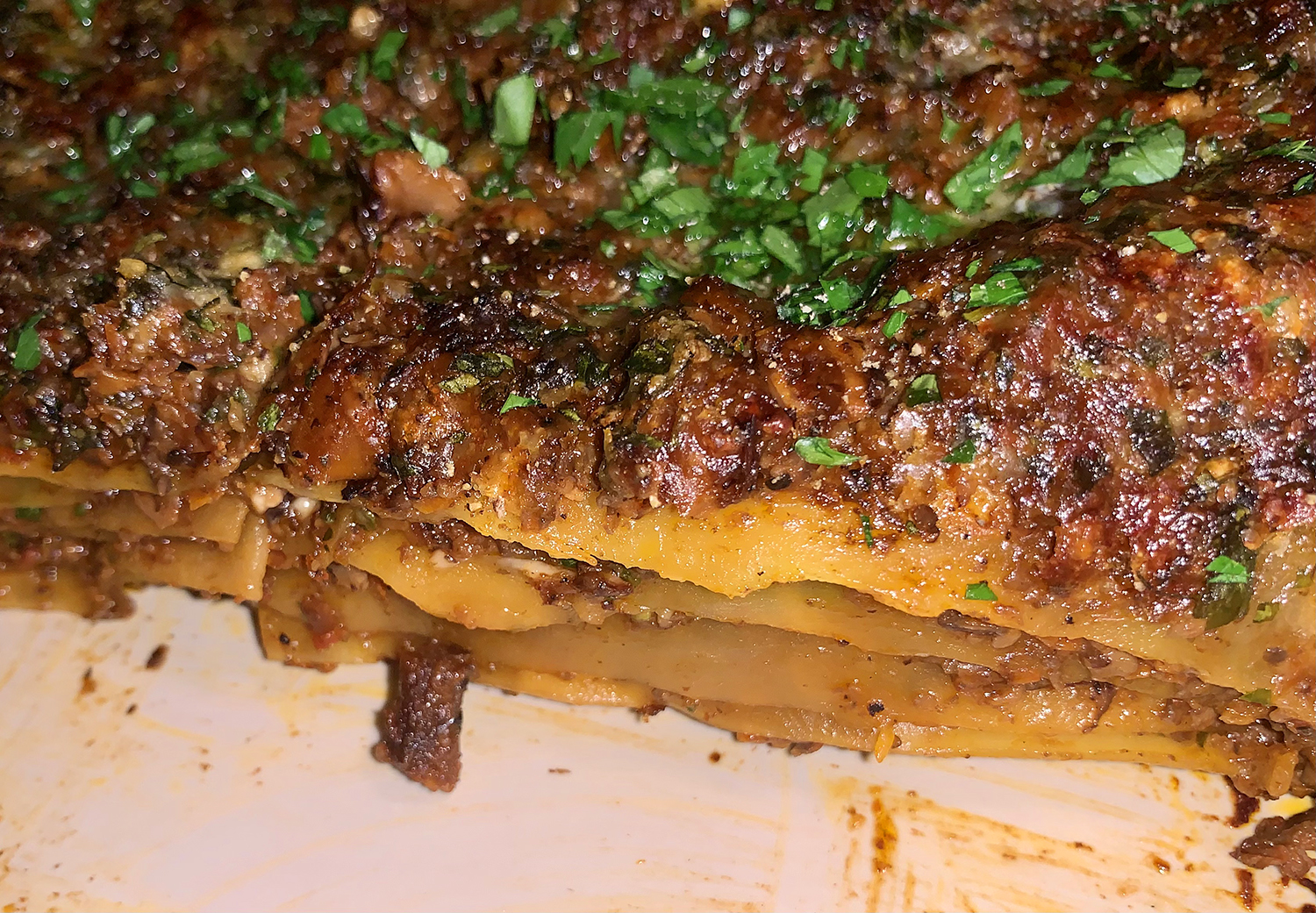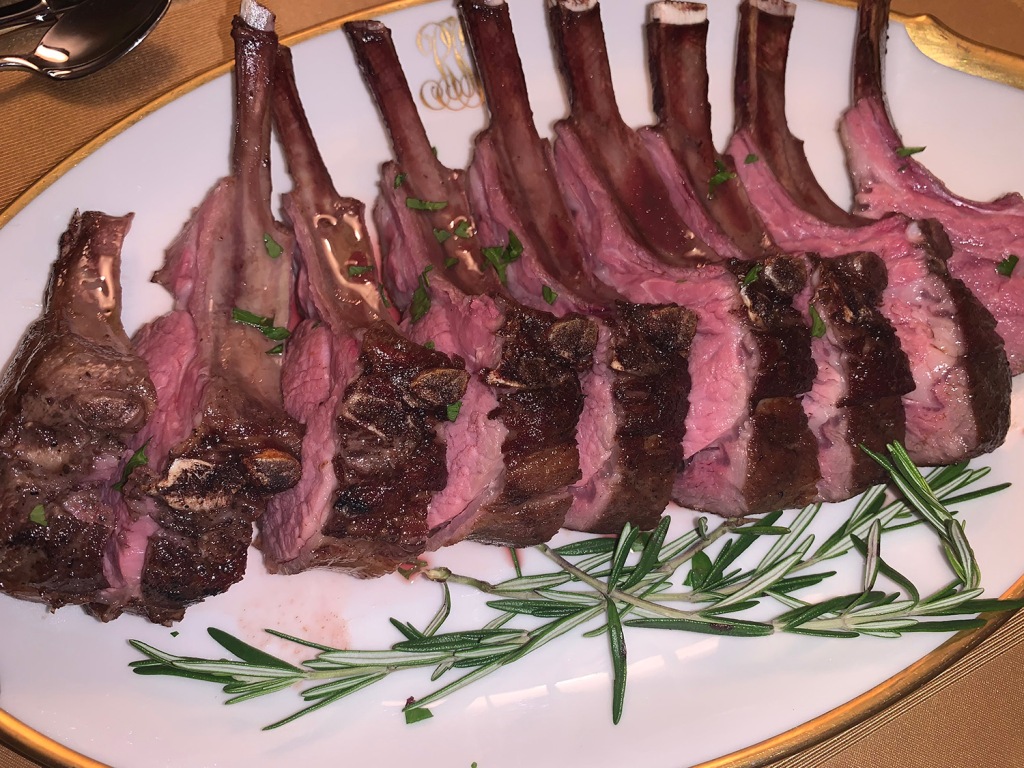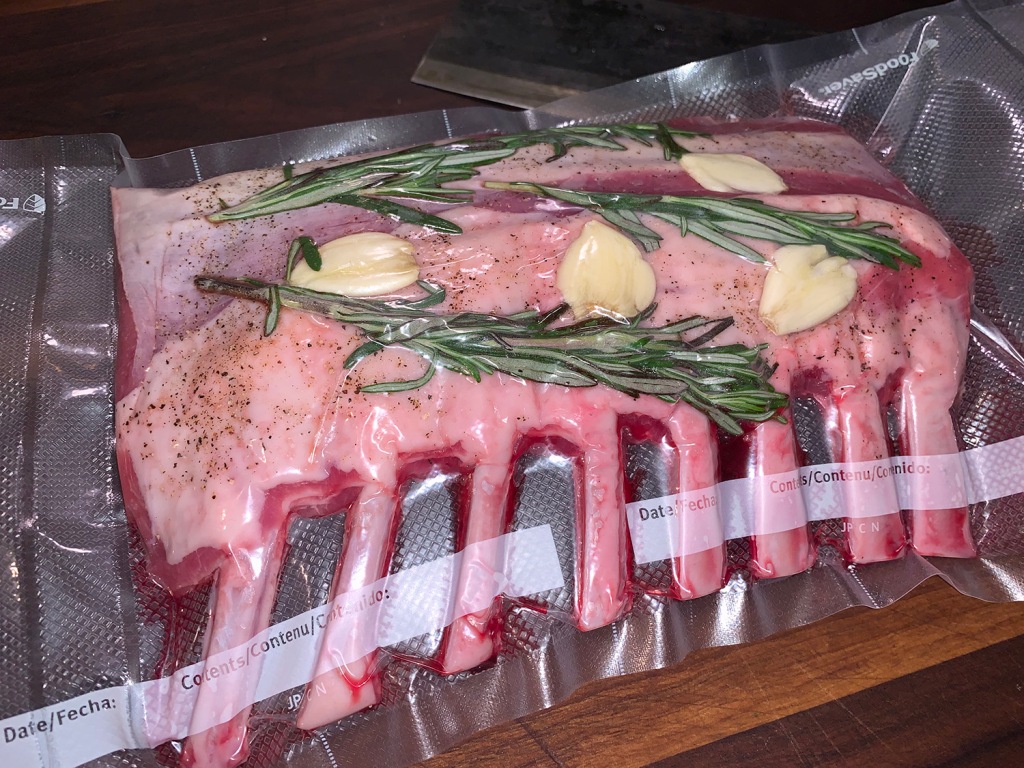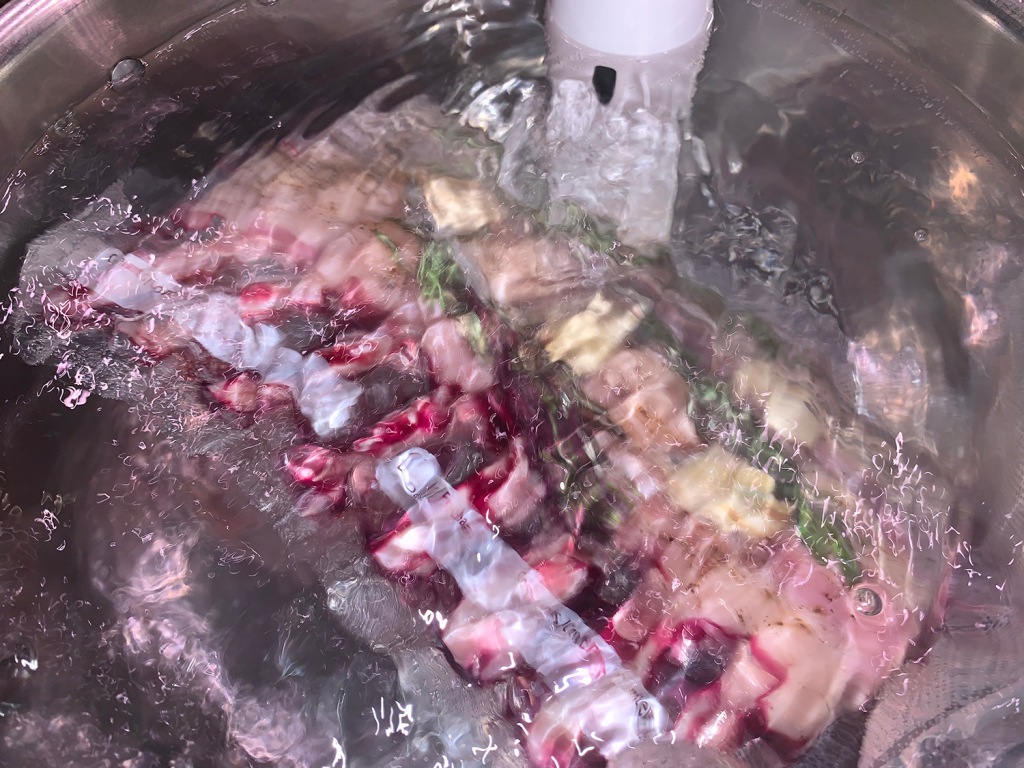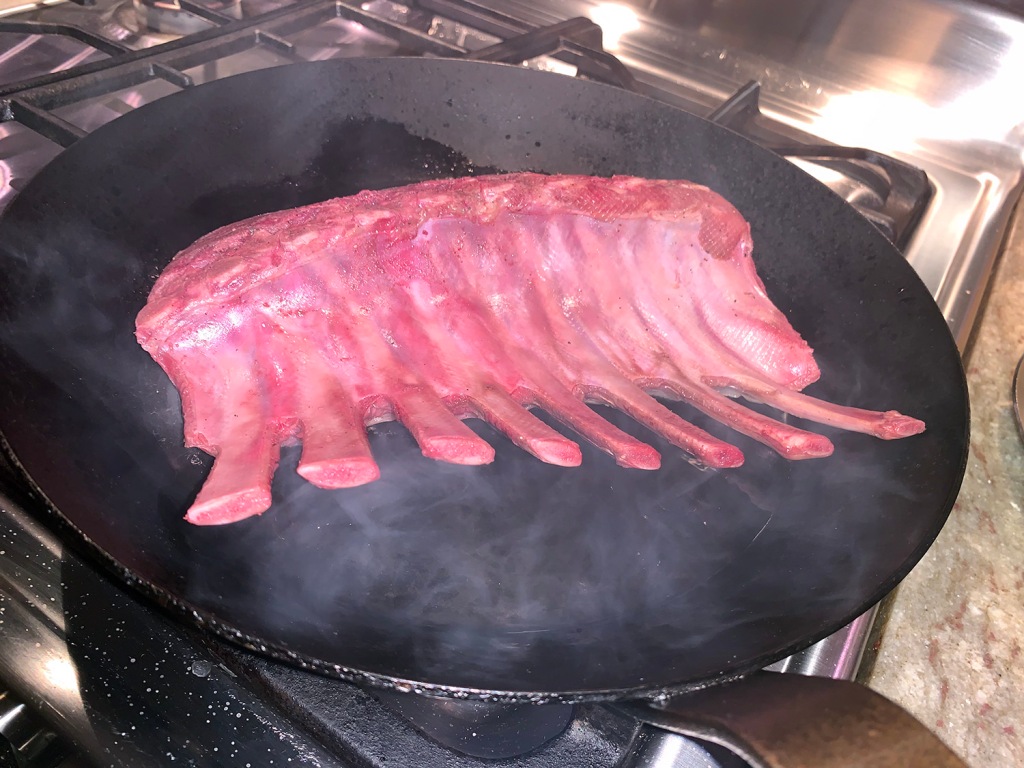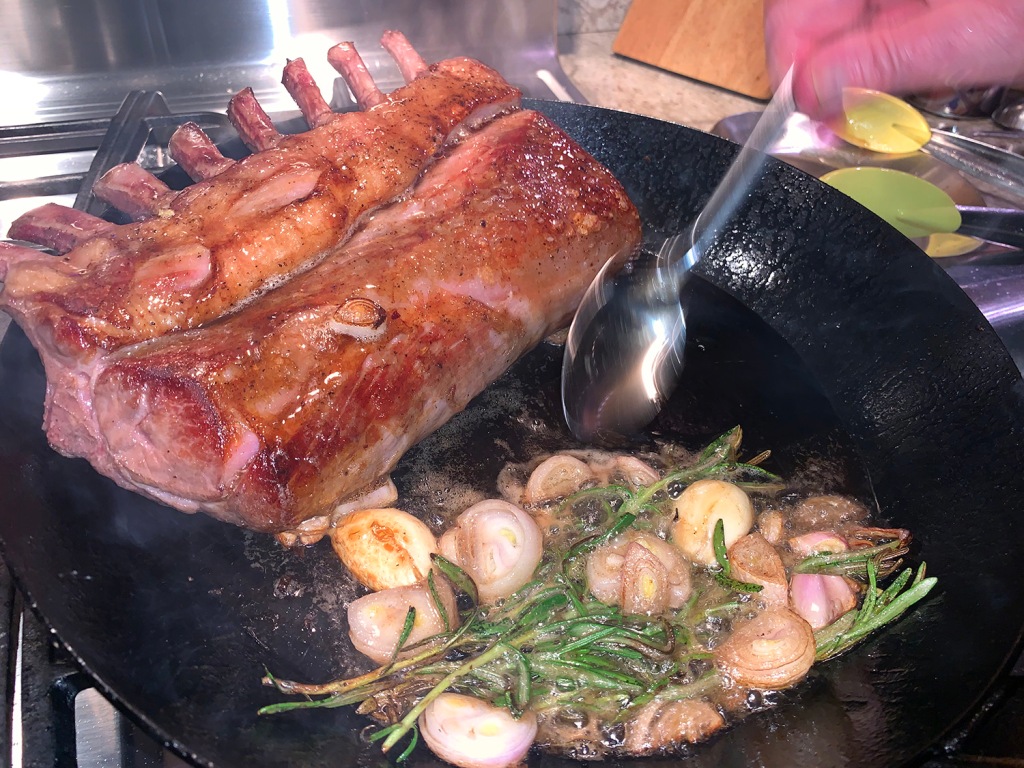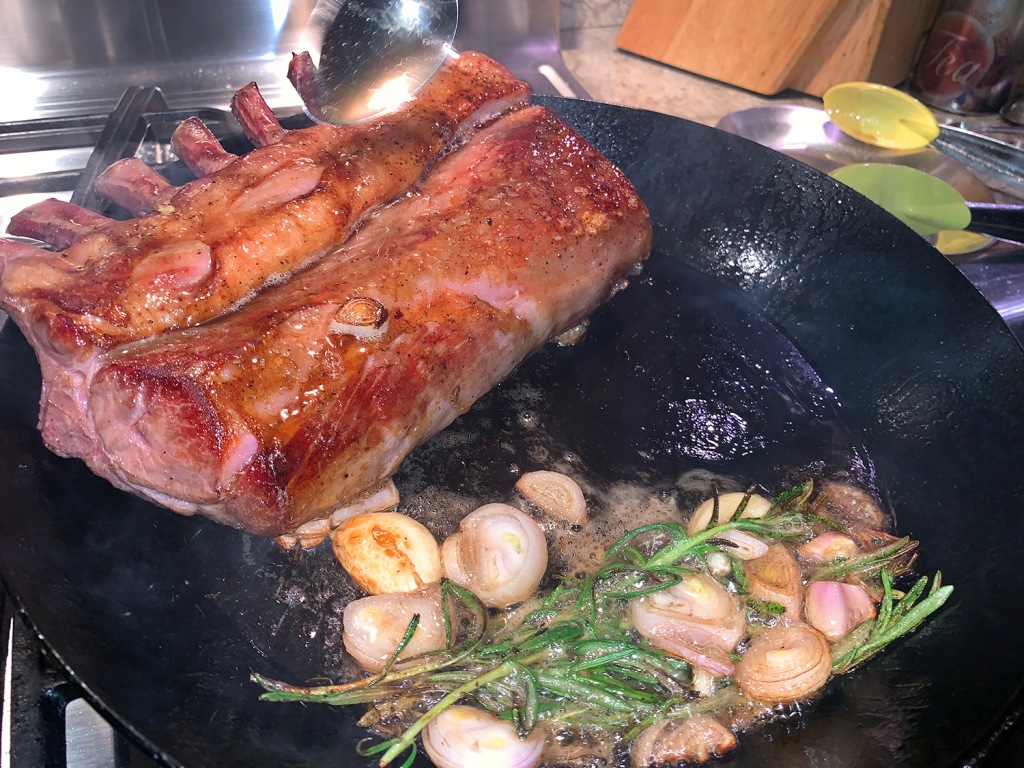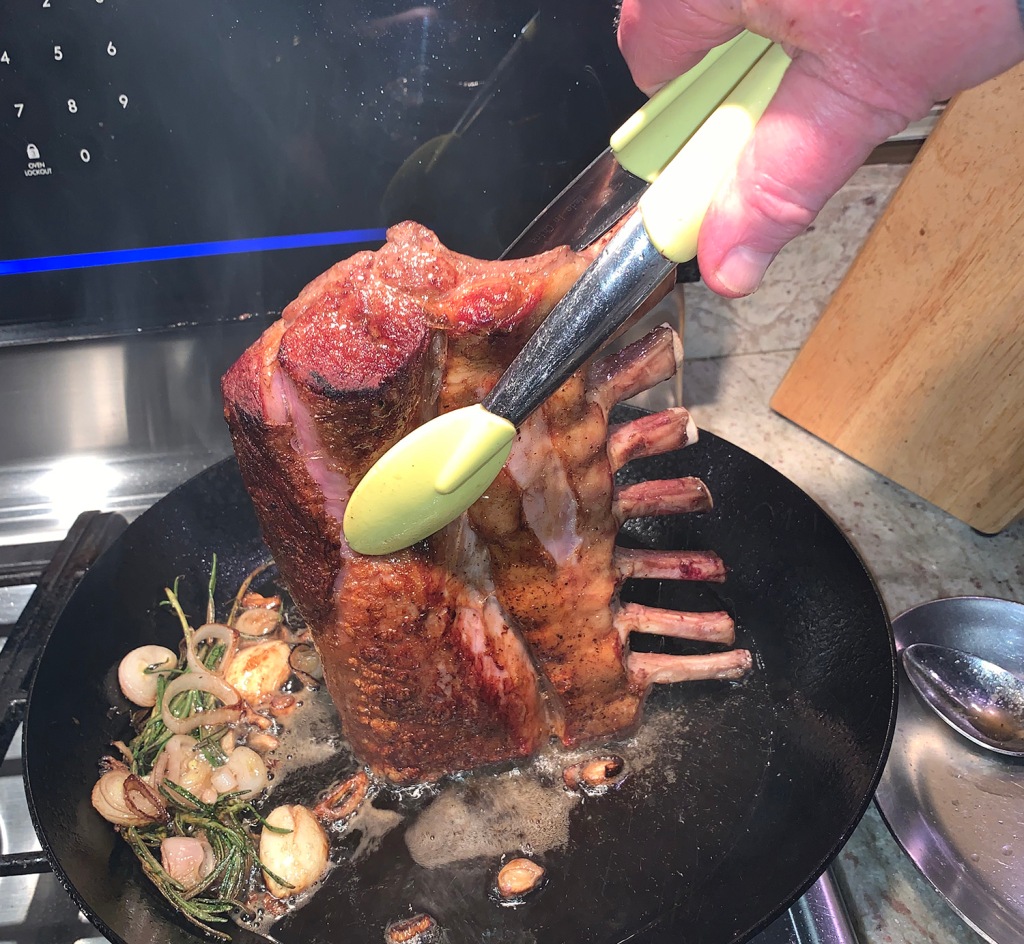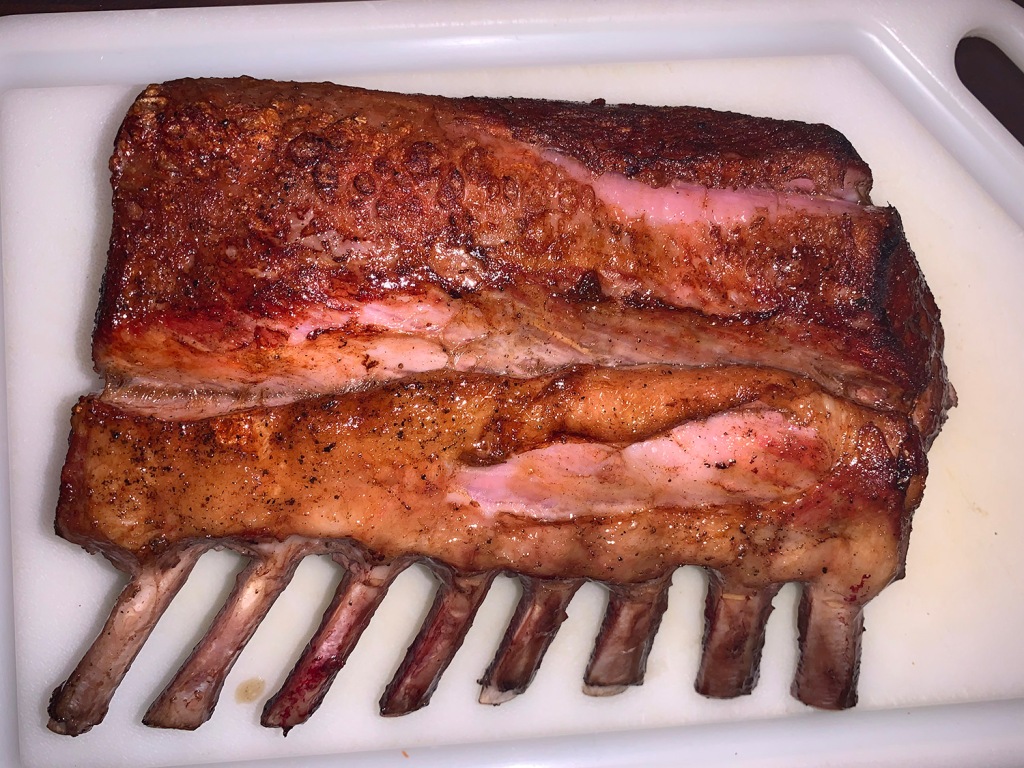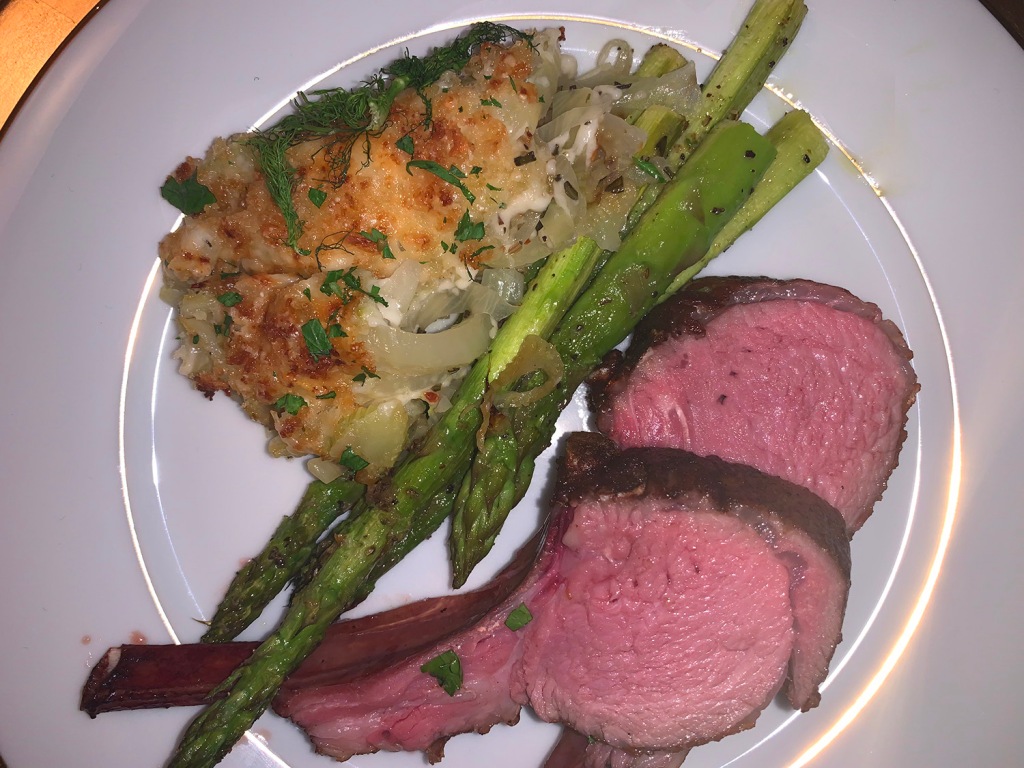This hearty dish is a simplified take on a Spanish recipe called alubias rojas con sacramentos. Instead of using multiple varieties of cured pork, as is traditional, Milk Street uses only chorizo and heightens the flavor of the beans by cooking them in chicken broth. Also added are both sweet paprika and smoked paprika.
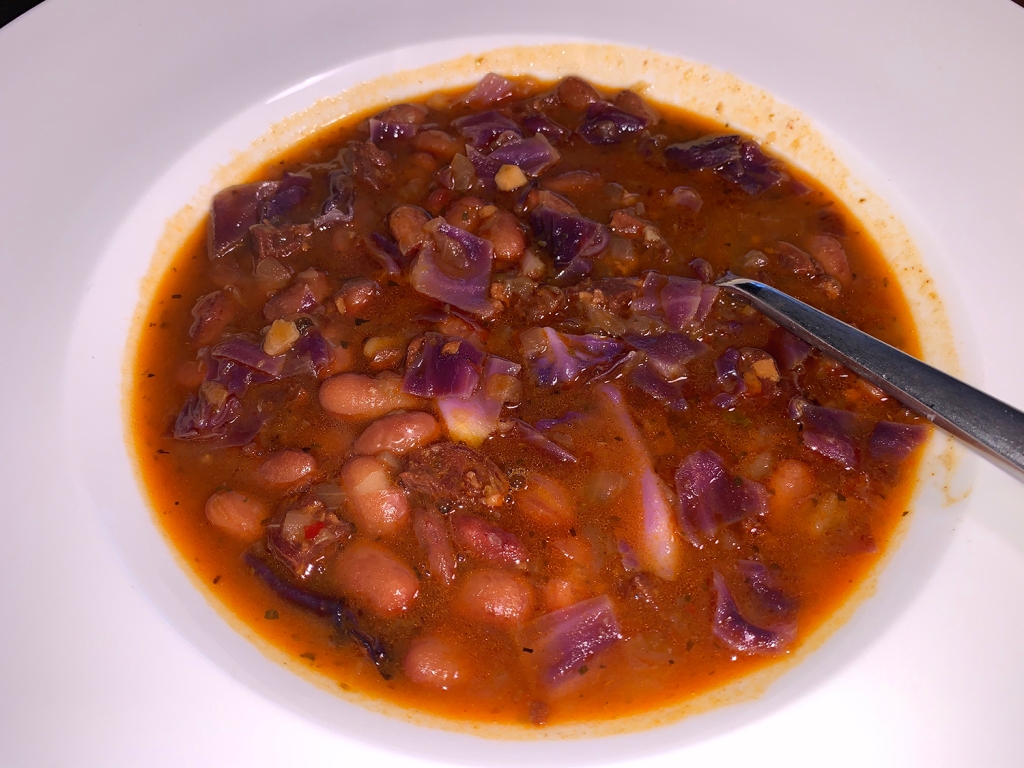
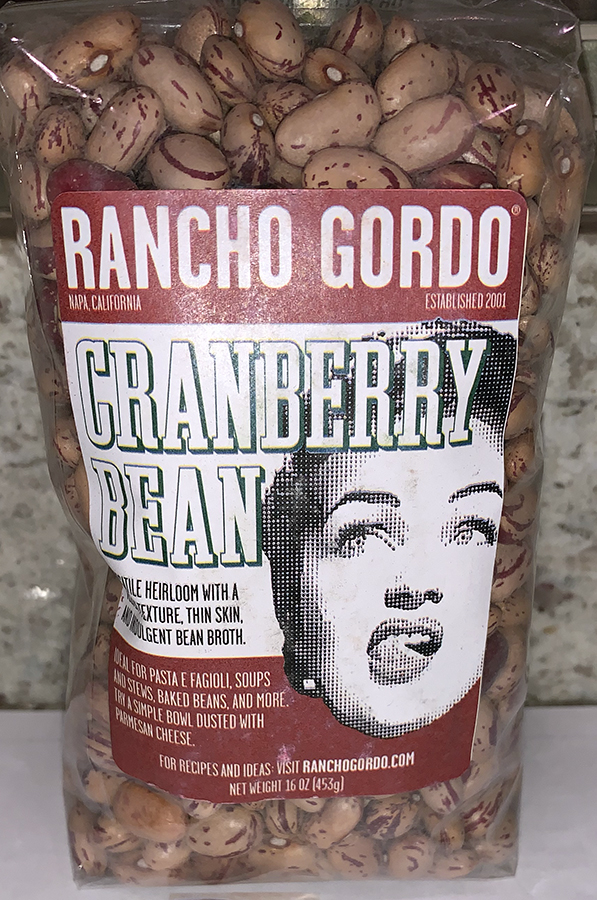
Cranberry is an odd name for a lovely, versatile bean. The beans are approximately the size of kidney beans, but with a mottled reddish brown and white coloration; they’re also known as Roman beans or borlotti beans. They are soft and dense with a velvety, rich texture; and the thin skins help produce a rich bean broth. These beautiful beans might be hard to source at your local grocery store, but they are easily accessible online.
Heads up, don’t use fresh Mexican chorizo, as it has a different flavor and texture. Dry-cured Spanish chorizo, which typically is sold in small links and is firm like salami, is the correct type of sausage for this recipe.
There was no garlic in the original recipe, which The Hubs thought odd because the Spanish culture uses the allium a LOT! As the Spanish food critic Xavier Domingo put it, “There are many cuisines of Spain, but they all have one thing in common: garlic.” So guess what? We added a couple of cloves, and I included it in the list below.
This recipe uses and Instant Pot. In lieu of that, we followed the fast method using our pressure cooker. FYI, you could also choose to make this the slow method way in your pot which will take about 7 hours as opposed to the 25 minute cooking time in Step 5.
To make sure the cranberry beans were fully cooked, they got 5 minutes in the pressure cooker, then they were drained and rinsed before using. Baking soda and salt were added to the cooking liquid and combined with the pectin in the skins to make them more elastic so they could expand without bursting. The baking soda is a strong alkali that strengthened the cell walls of the beans, resulting in soft creamy beans and cooked more quickly.
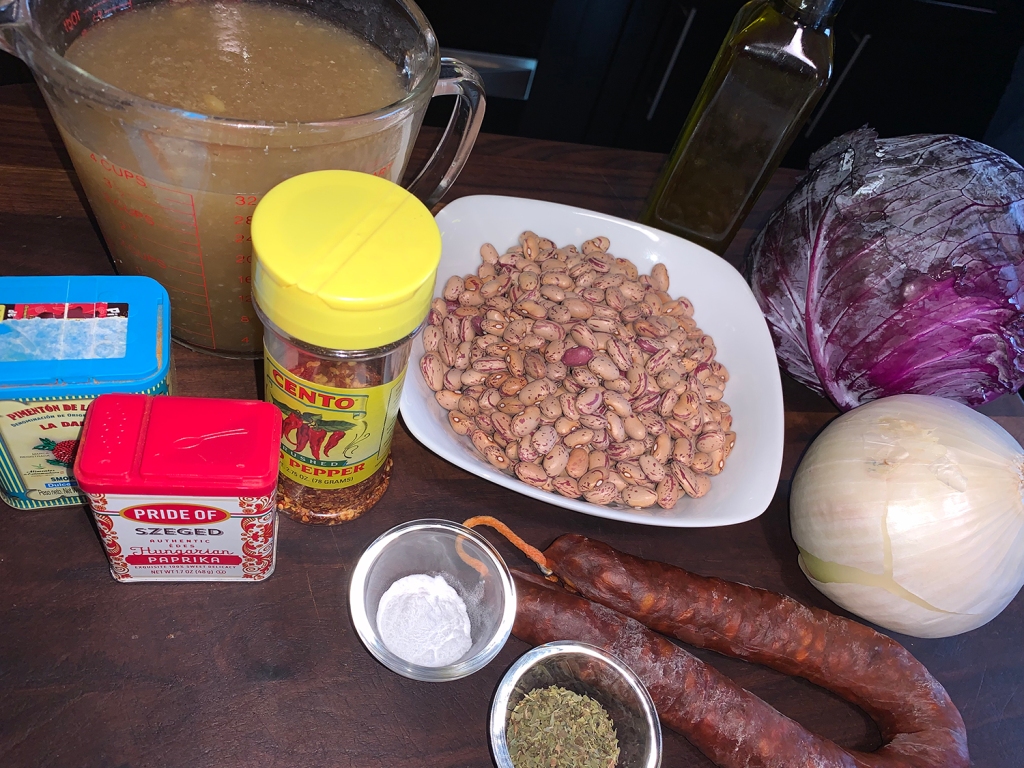
Cranberry Beans with Spanish Chorizo and Red Cabbage
Ingredients
- 1 lb. dried cranberry beans, rinsed and drained
- Kosher salt and ground black pepper
- ½ tsp. baking soda
- 2 Tbsp. extra-virgin olive oil
- 6 oz. Spanish chorizo, casing removed, quartered lengthwise and sliced ¼ inch thick
- 1 large yellow onion, finely chopped
- 2 cloves garlic, peeled and minced
- 1 Tbsp. sweet paprika
- 1 tsp. smoked paprika
- ½ tsp. red pepper flakes
- 1 tsp. dried oregano
- 1½ qts. chicken broth, preferably homemade
- ½ small head red cabbage, about 8 oz., cored and finely chopped
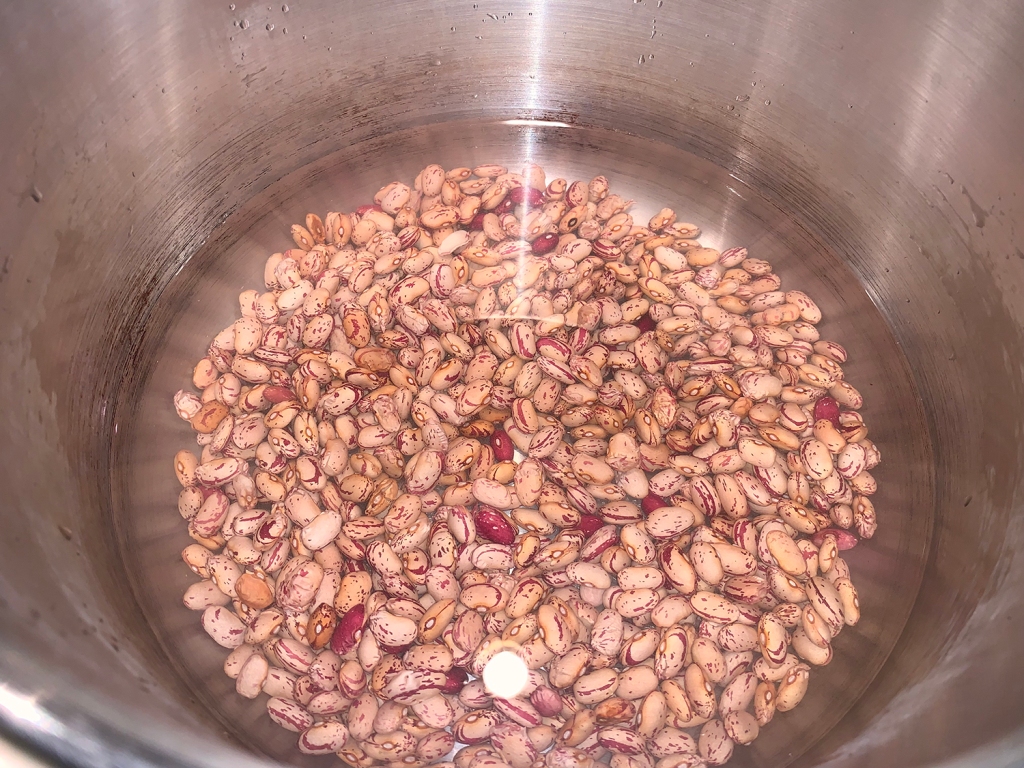
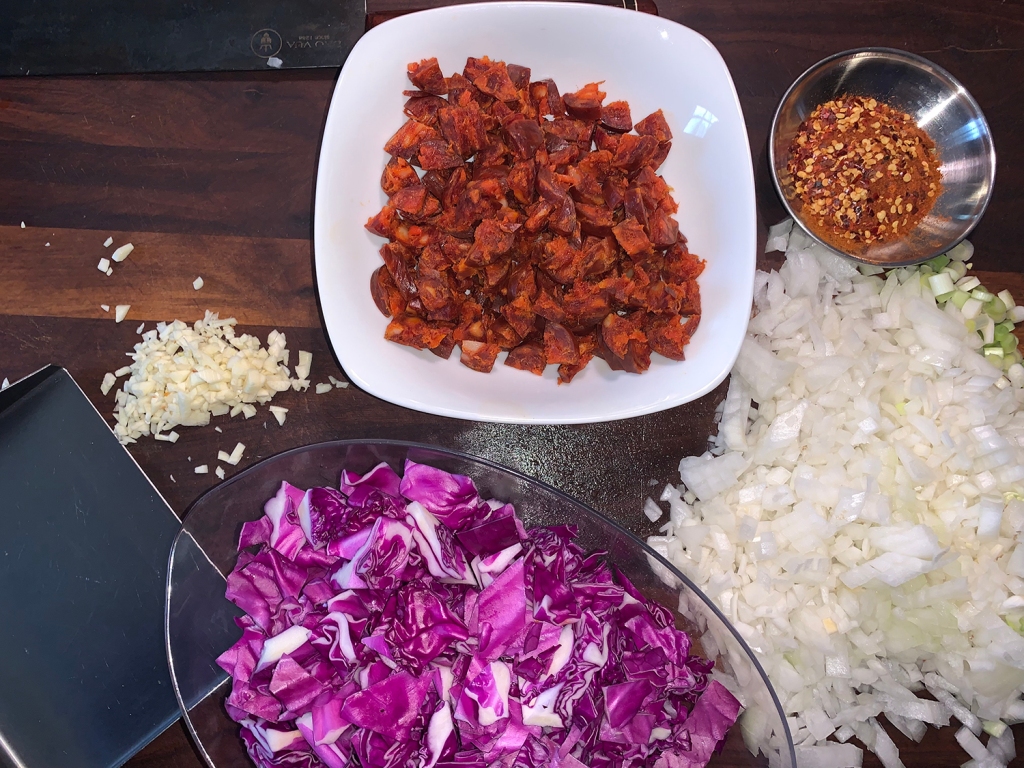
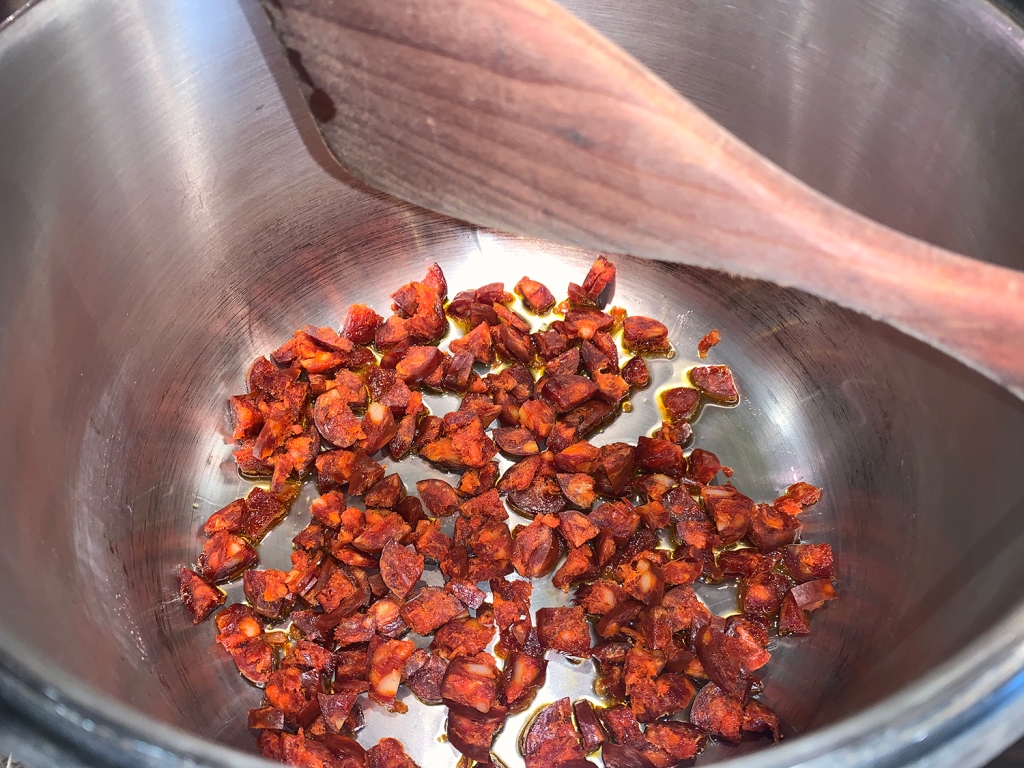
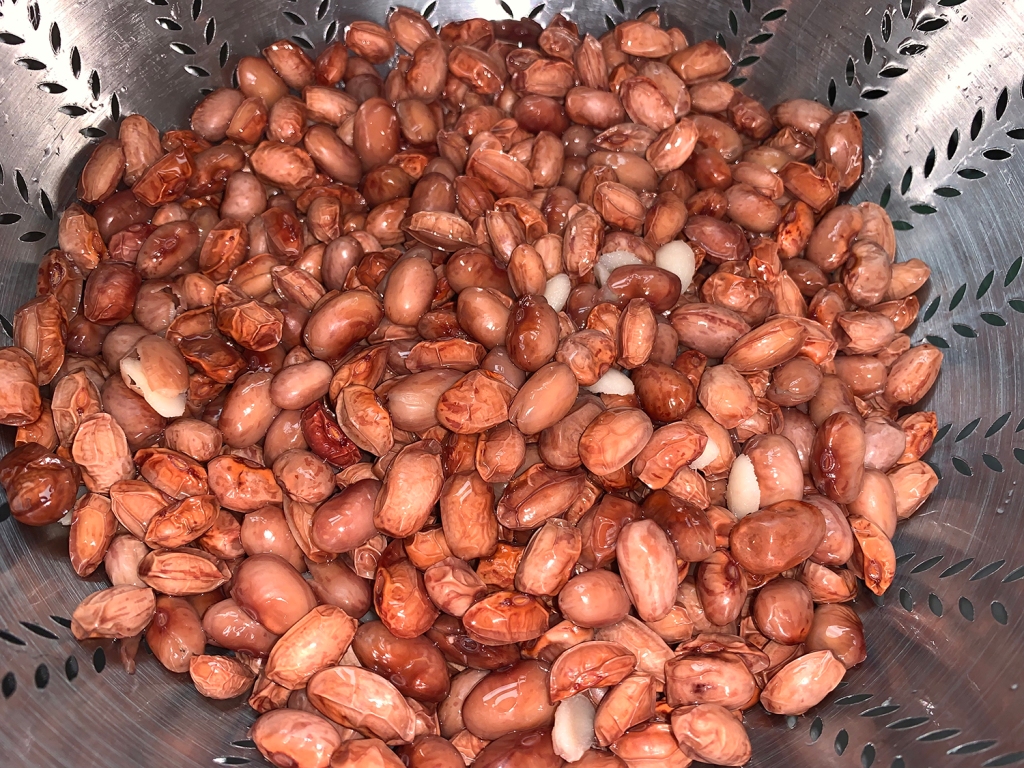
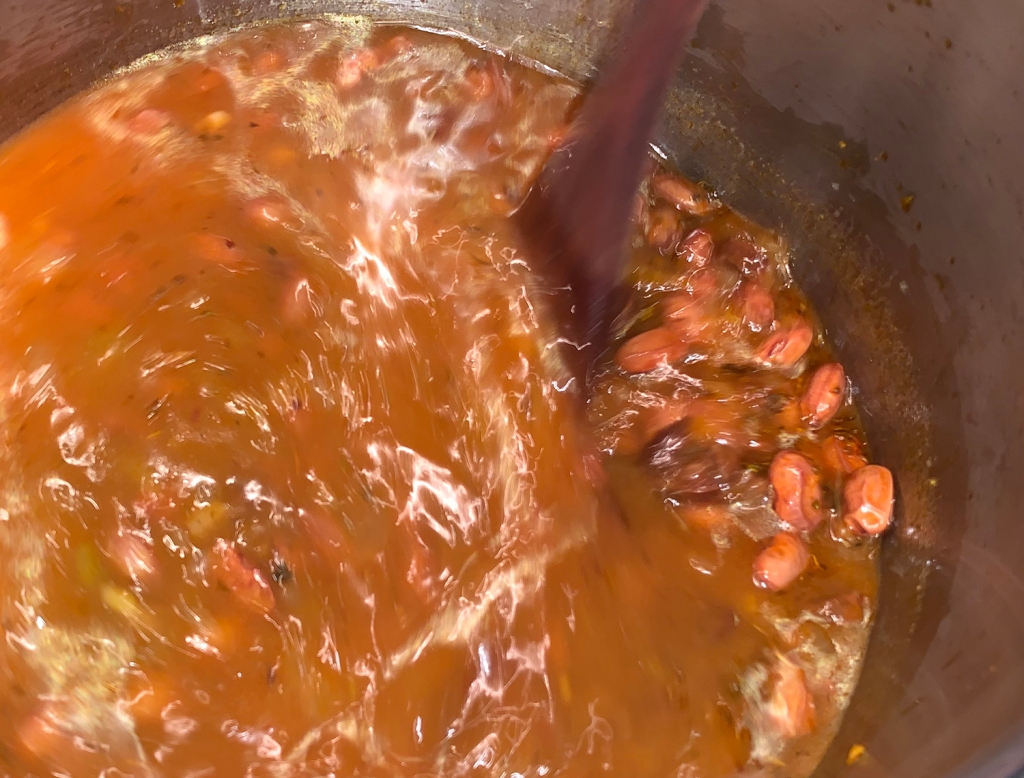
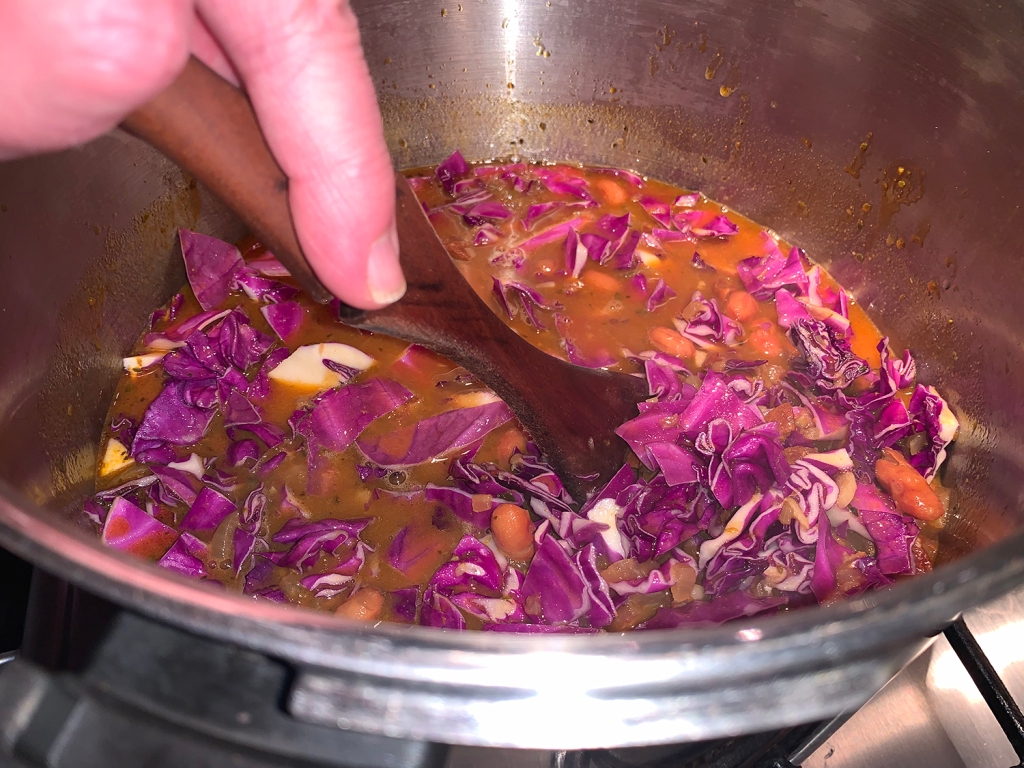
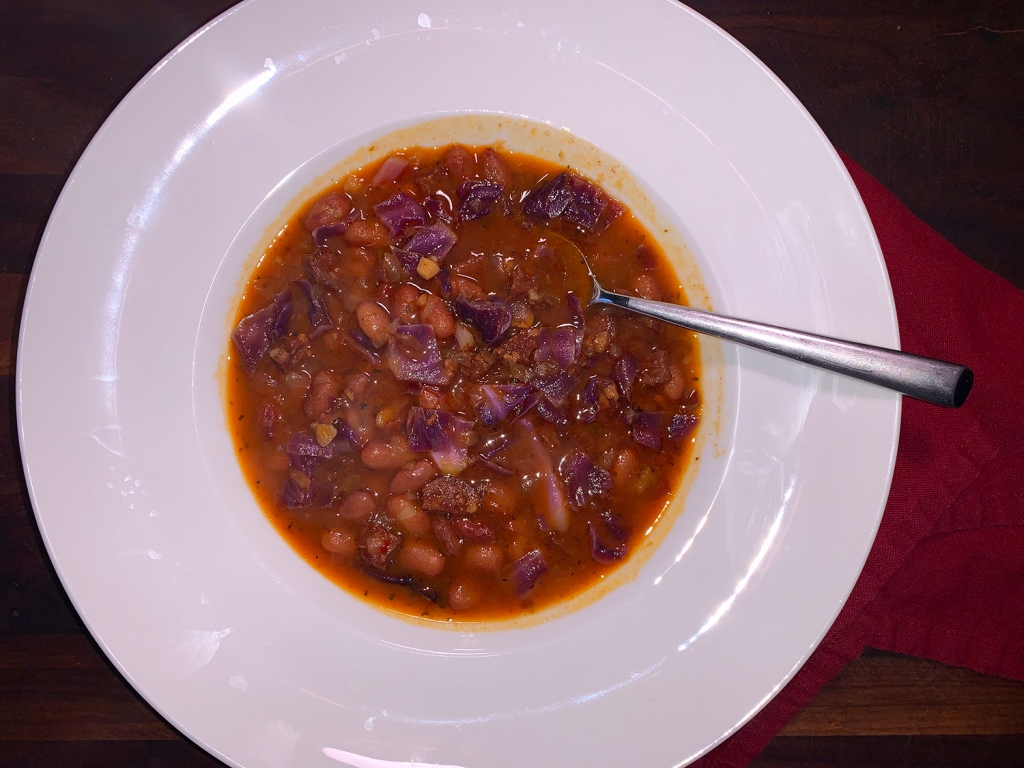
Directions
- In a 6-quart Instant Pot, stir together the beans, 2 teaspoons salt, the baking soda and 6 cups water. Lock the lid in place and move the pressure valve to Sealing. Select Pressure Cook or Manual; make sure the pressure level is set to High. Set the cooking time for 5 minutes. When pressure cooking is complete, quick-release the steam by moving the pressure valve to Venting. Press Cancel, then carefully open the pot.
- Using potholders, carefully remove the insert from the housing and drain the beans in a colander; return the insert to the housing. Rinse the beans under cool water; set aside.
- Select More/High Sauté on the Instant Pot. Add the oil and chorizo and cook, stirring occasionally, until the chorizo releases its fat and begins to brown, about 5 minutes. Add the onion and garlic and cook, stirring occasionally, until the onion is lightly browned, 6 to 8 minutes.
- Stir in both paprikas, the pepper flakes and oregano, then cook until fragrant, about 30 seconds. Stir in the broth and beans, then distribute in an even layer.
- Press Cancel, lock the lid in place and move the pressure valve to Sealing. Select Pressure Cook or Manual; make sure the pressure level is set to High. Set the cooking time for 25 minutes. When pressure cooking is complete, allow the pressure to reduce naturally for 20 minutes, then release the remaining steam by moving the pressure valve to Venting. Press Cancel, then carefully open the pot.
- Stir the beans, then select More/High Sauté. Stir in the cabbage and cook, stirring occasionally, until the cabbage is tender, 5 to 8 minutes. Press Cancel to turn off the pot. Let stand for 15 minutes, then taste and season with salt and pepper.
Adapted from recipe by Diane Unger for Milk Street



